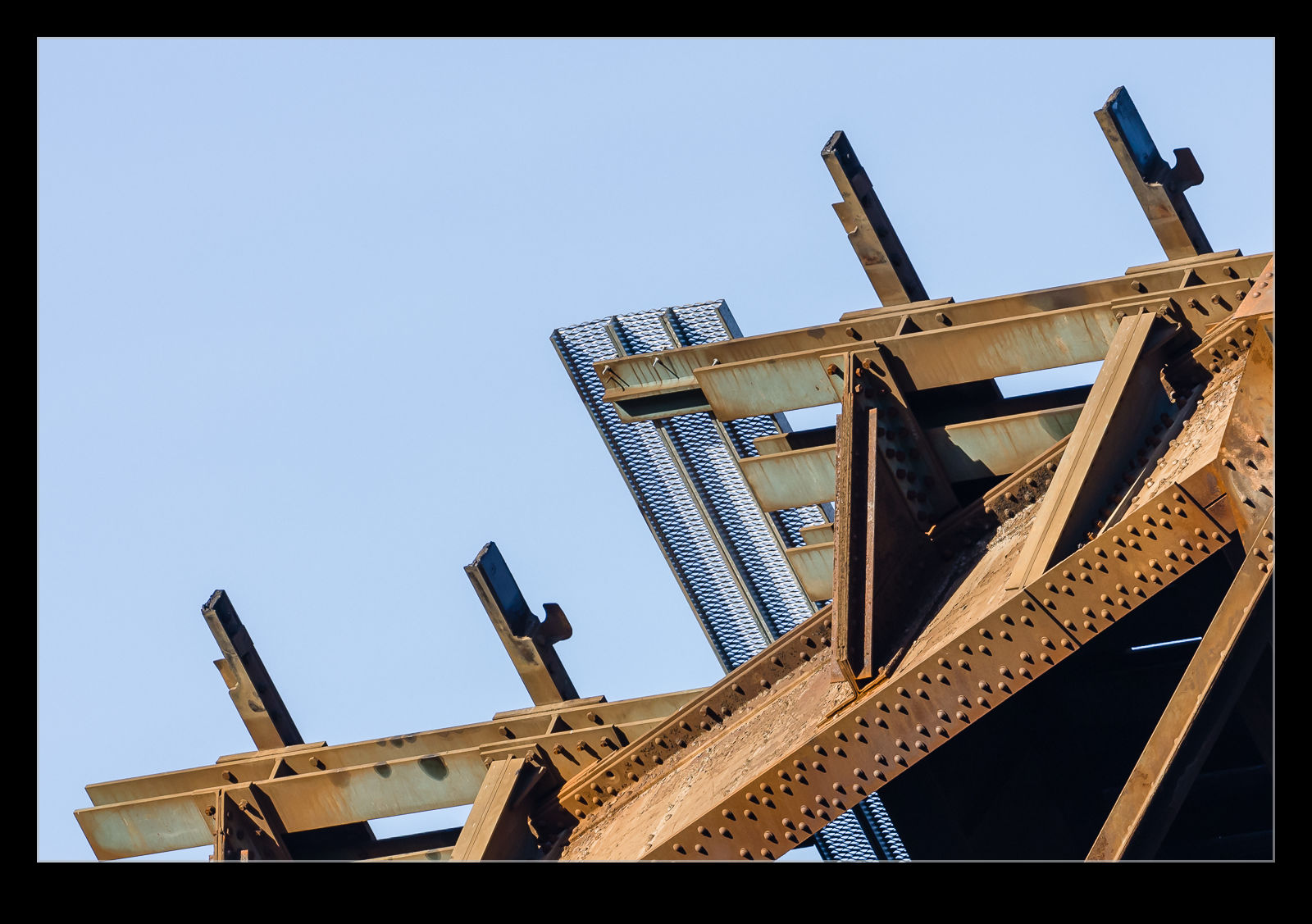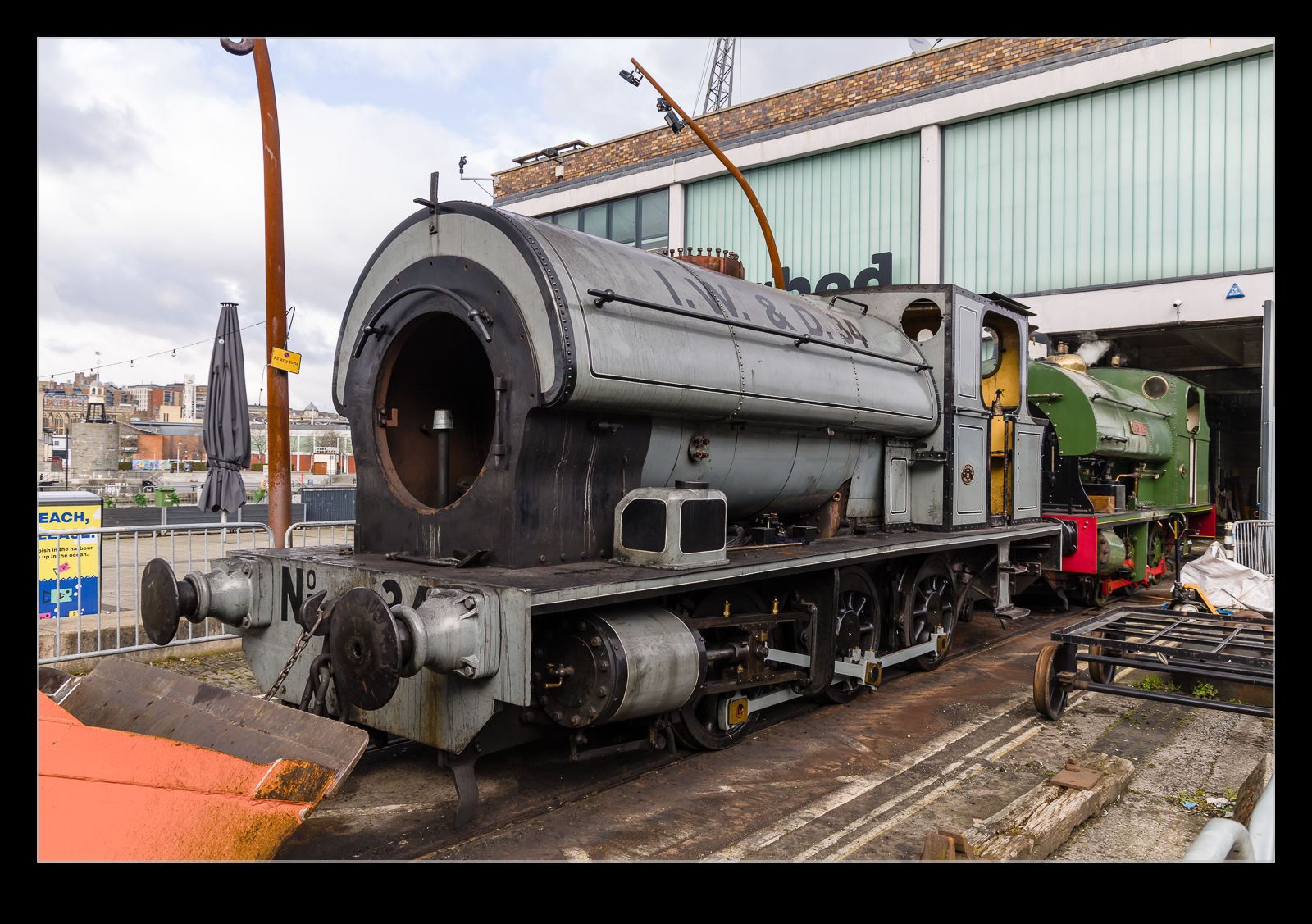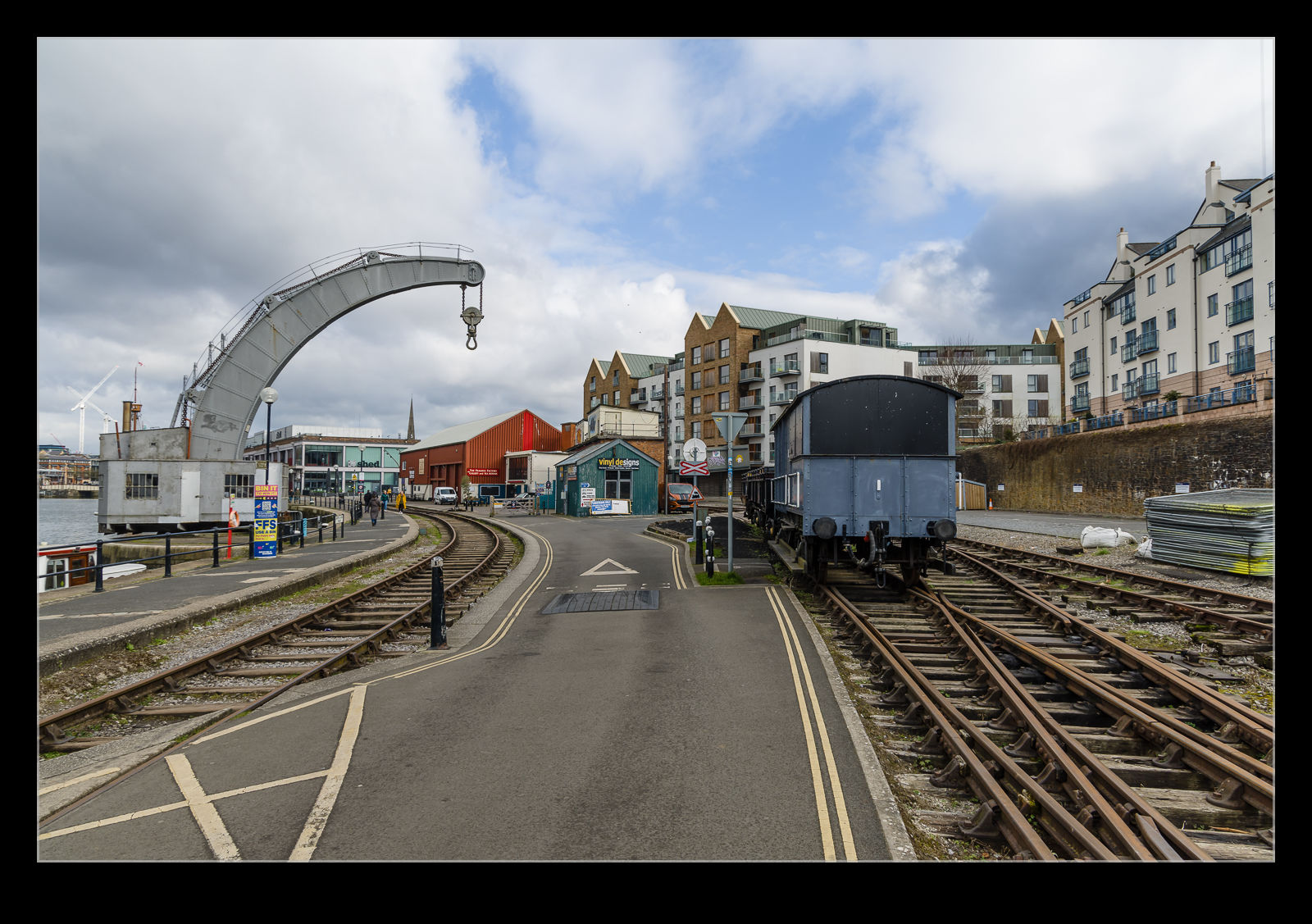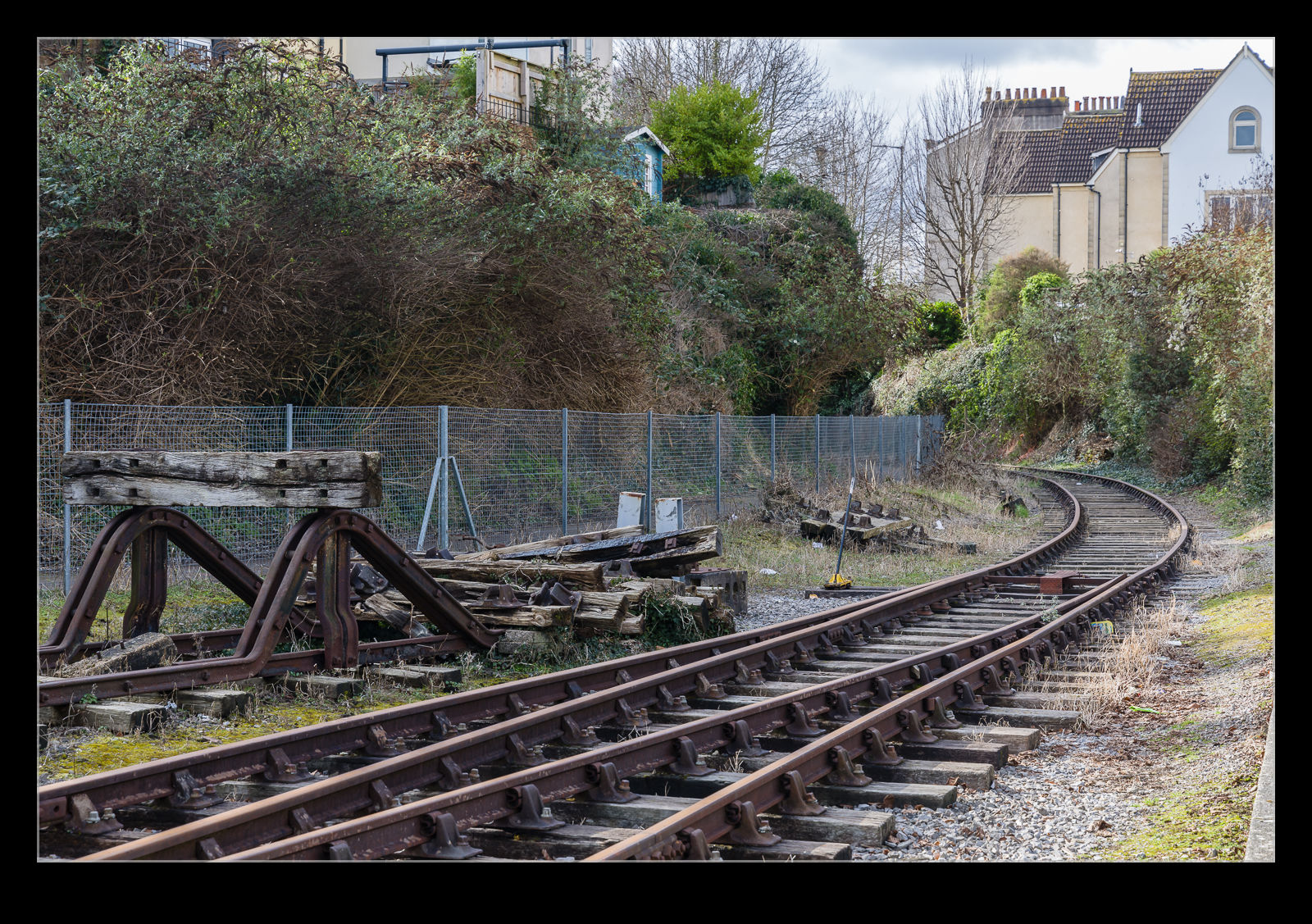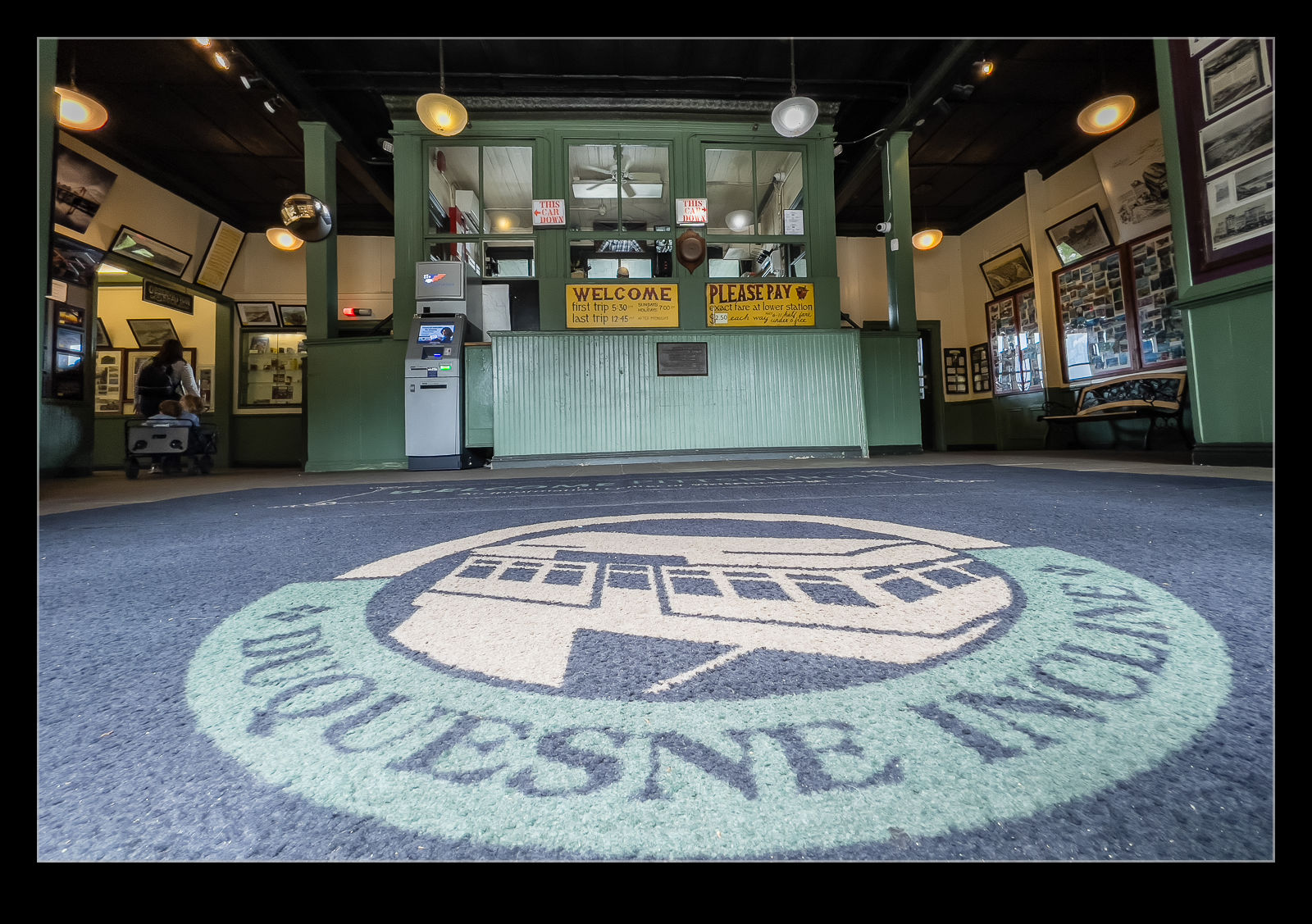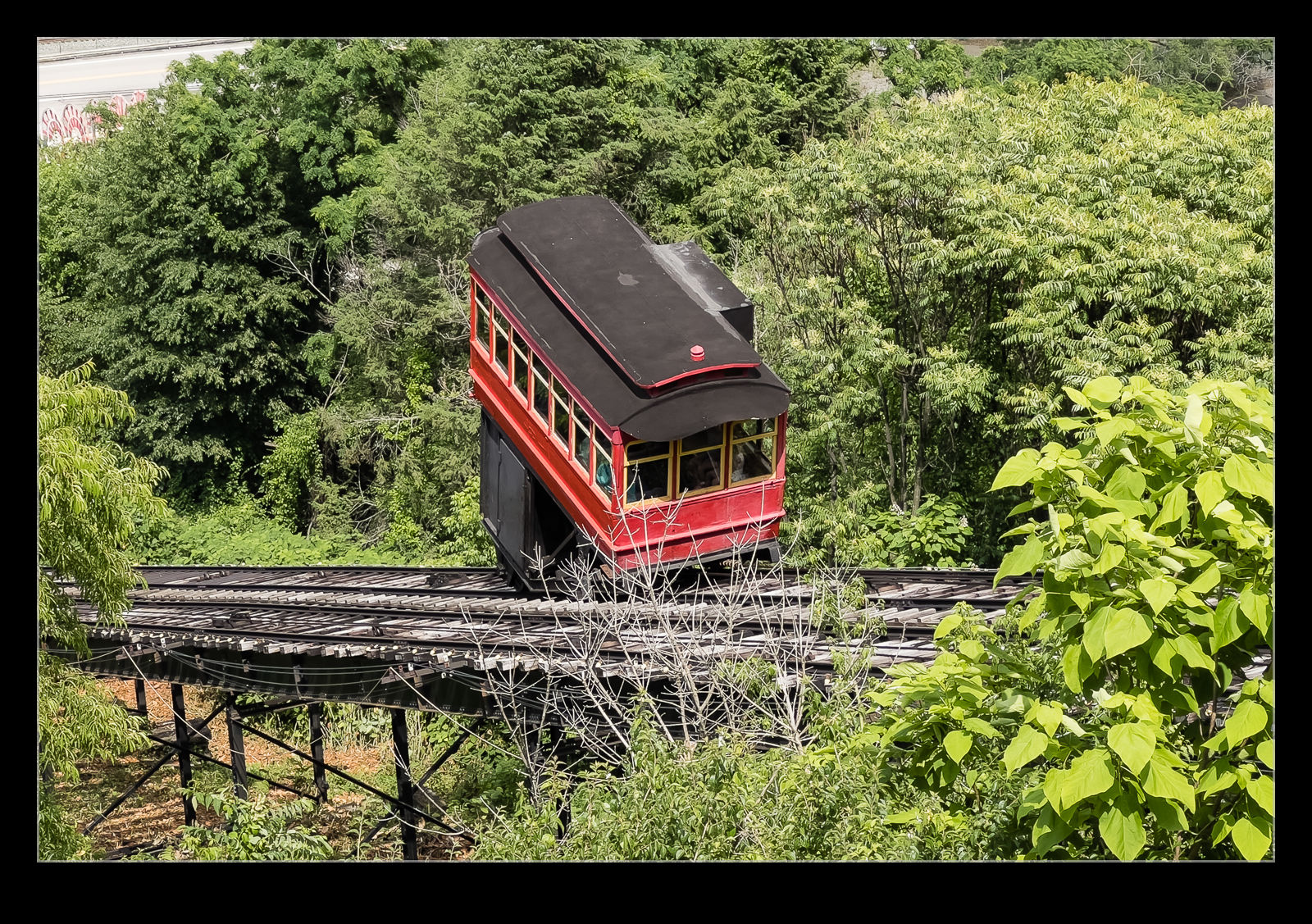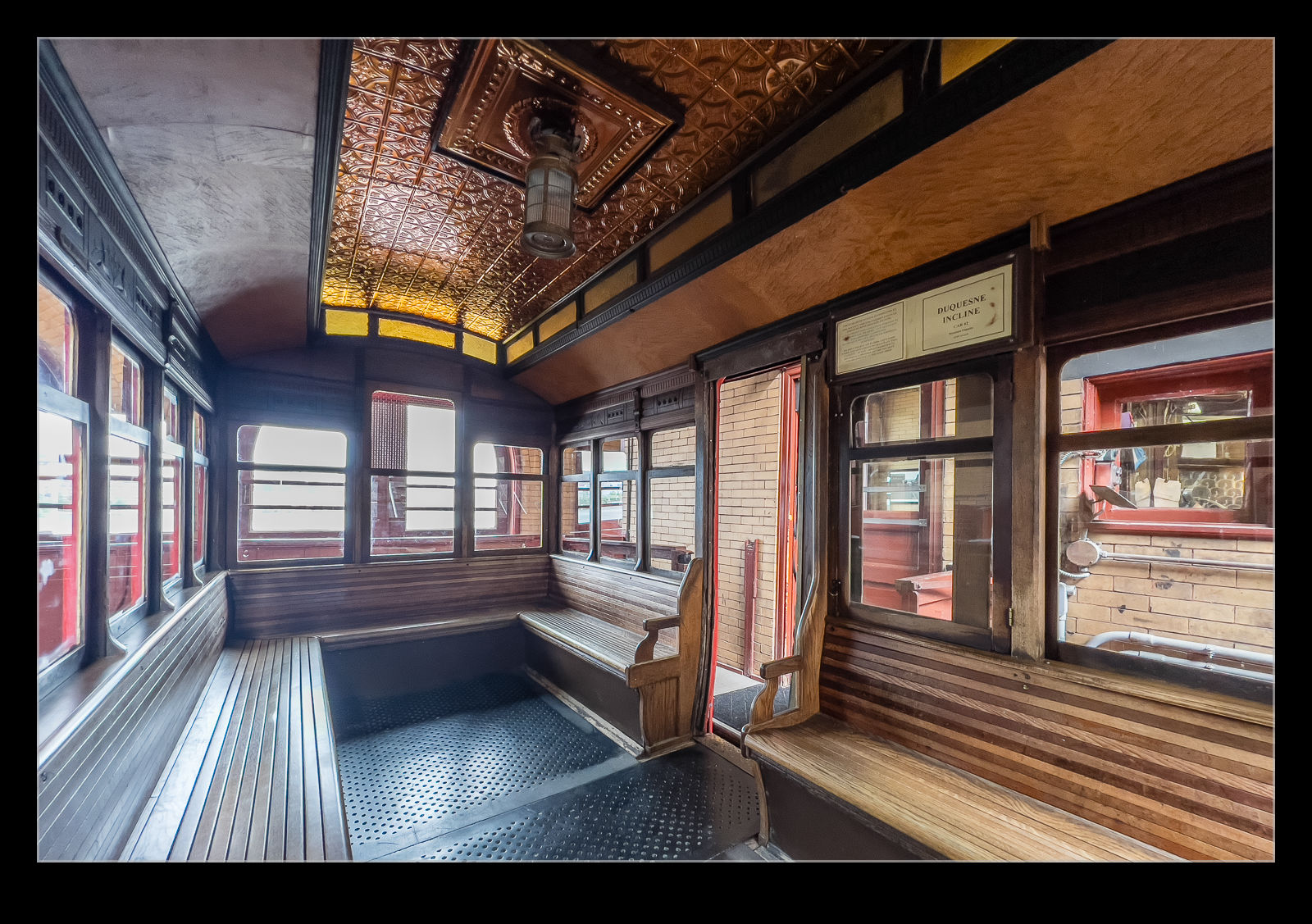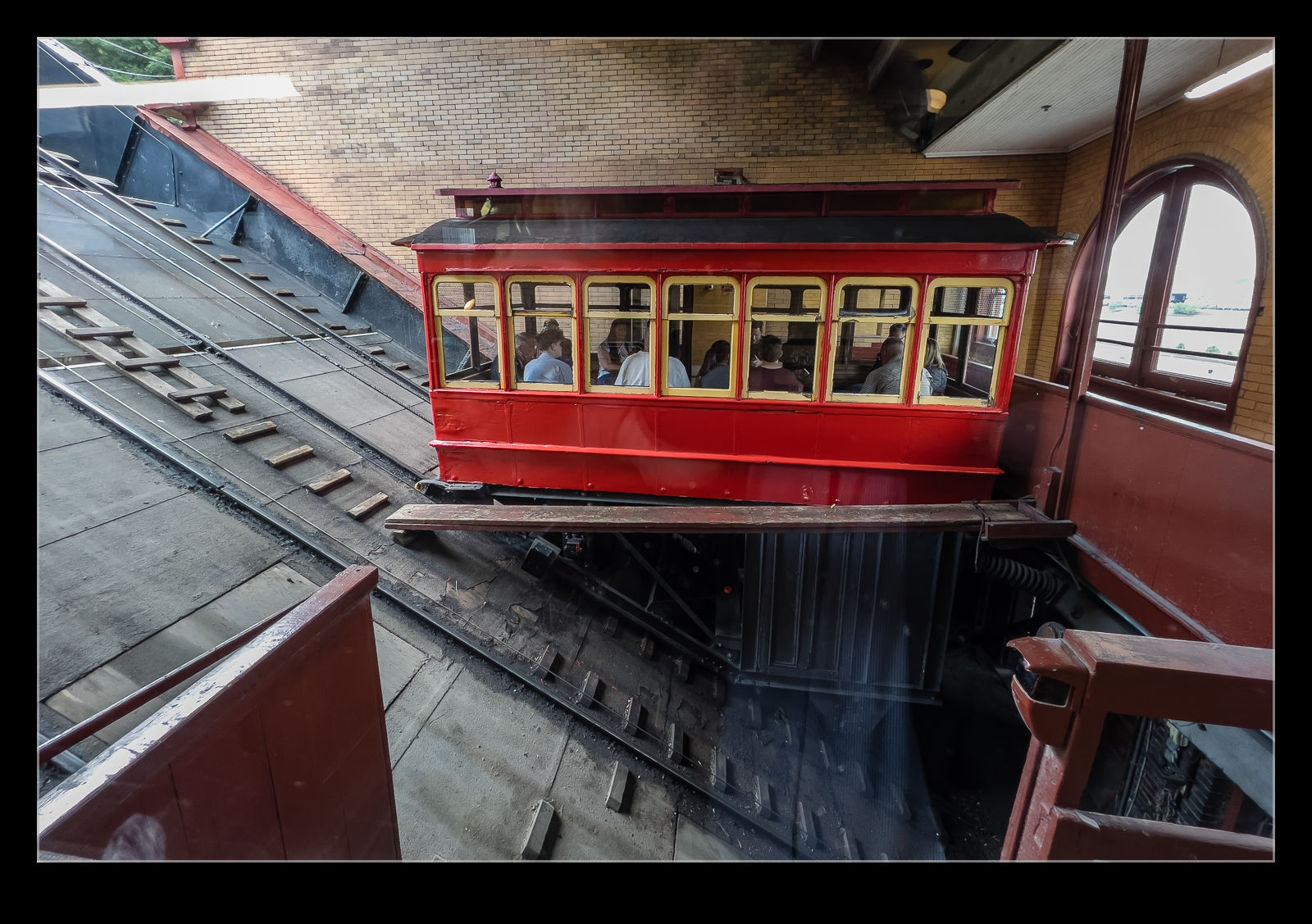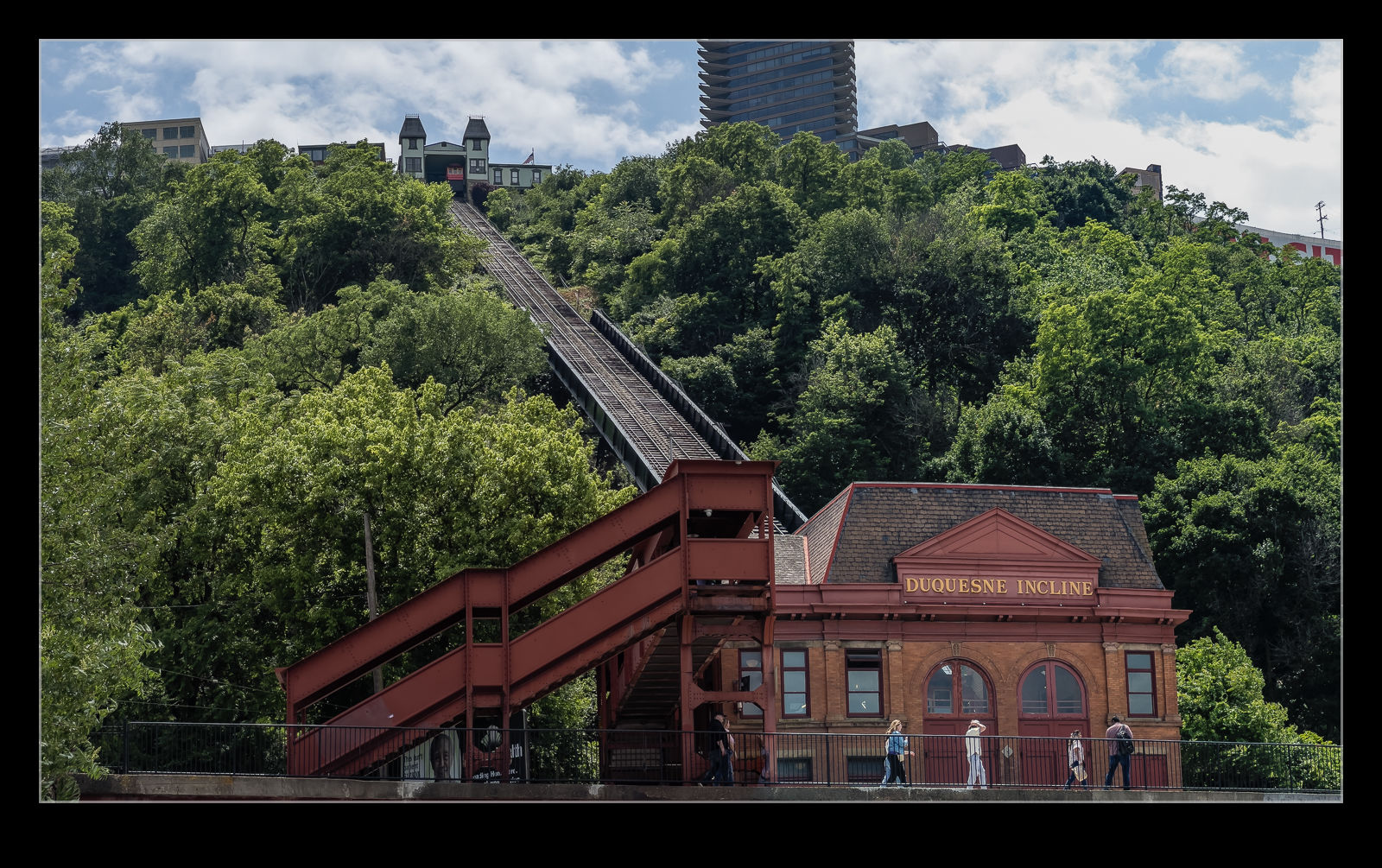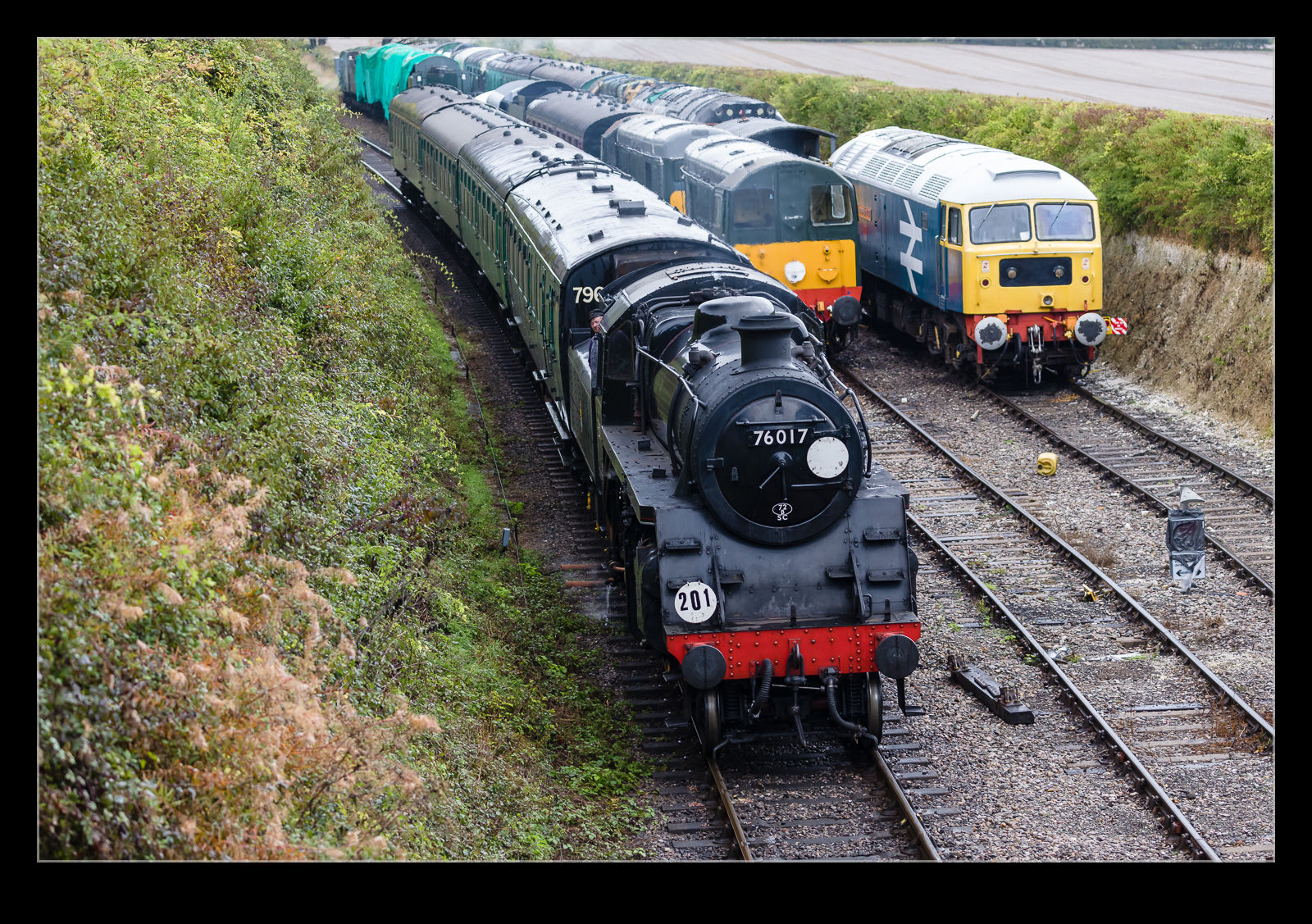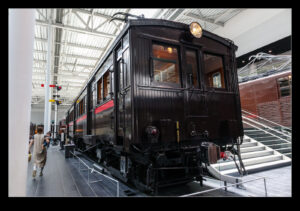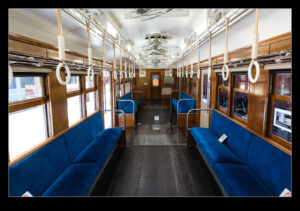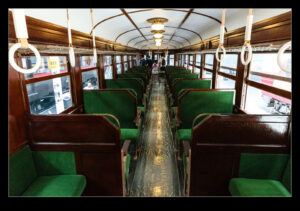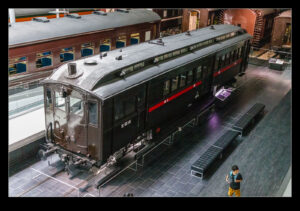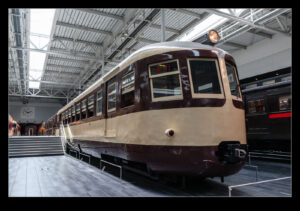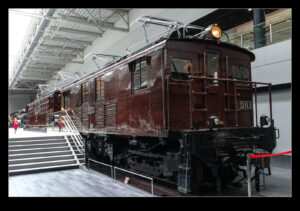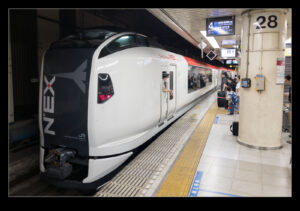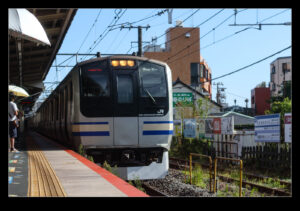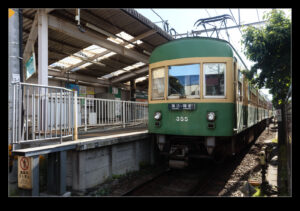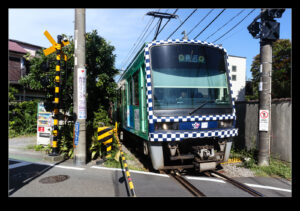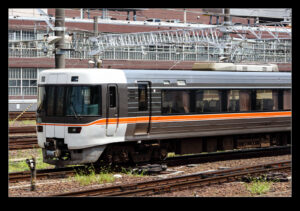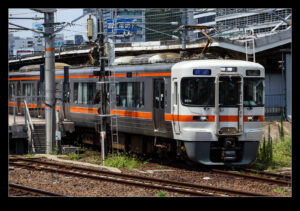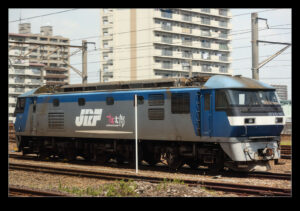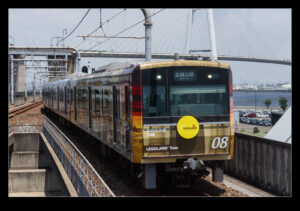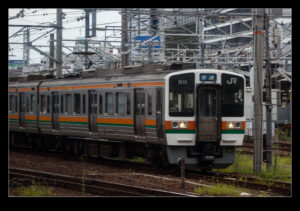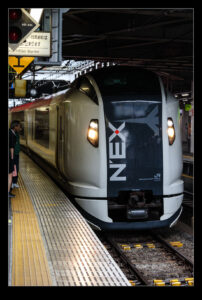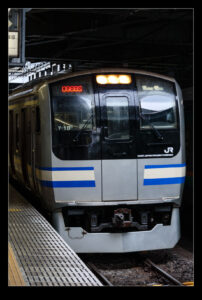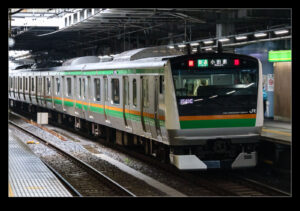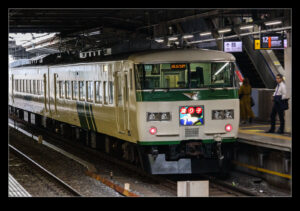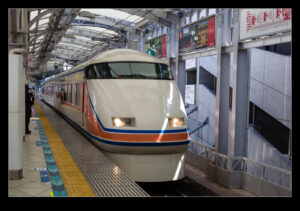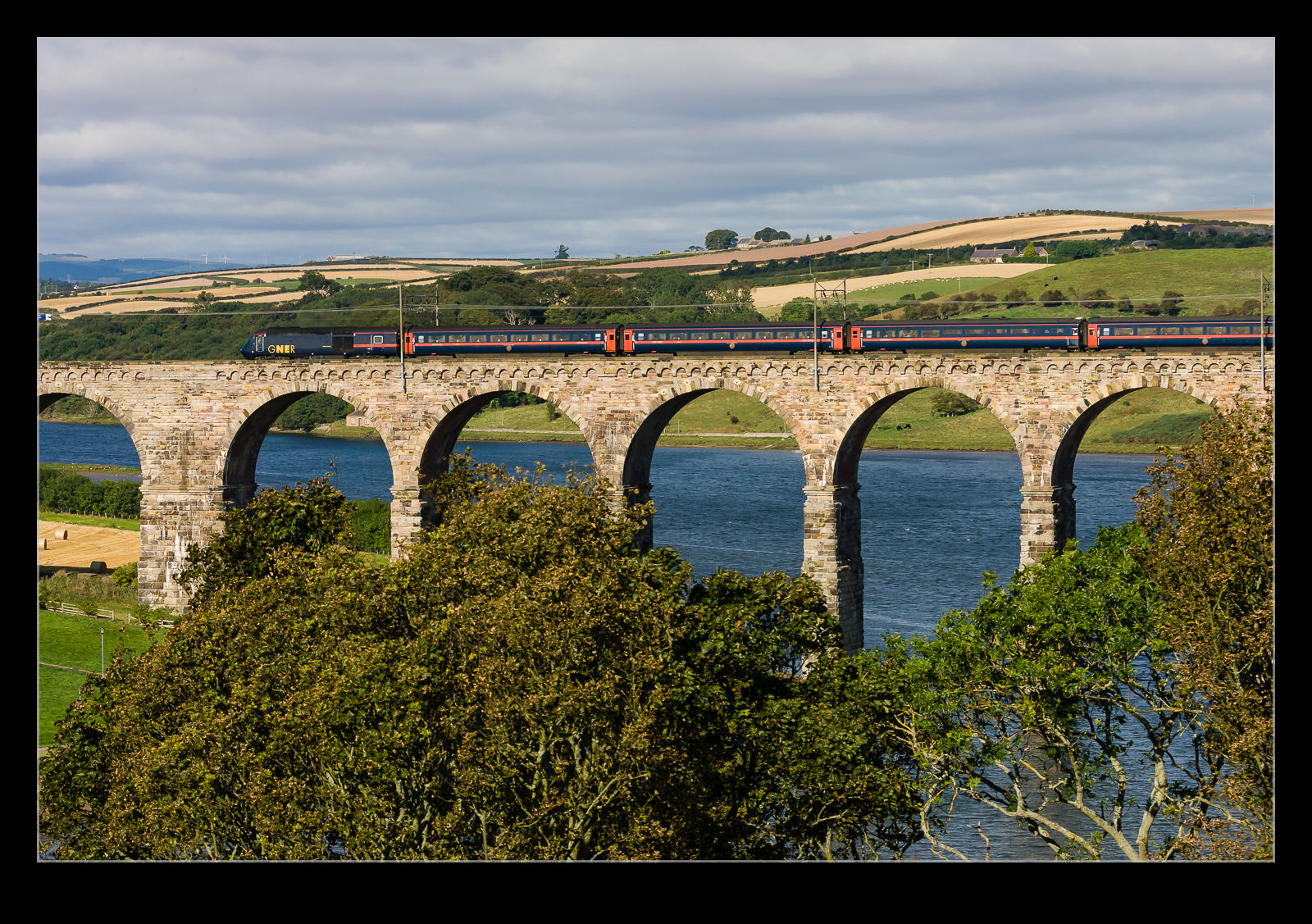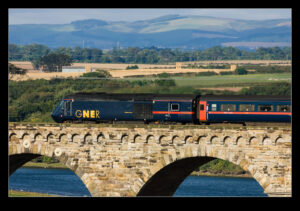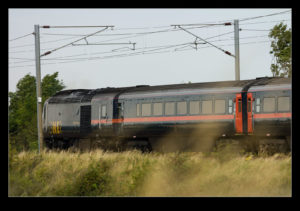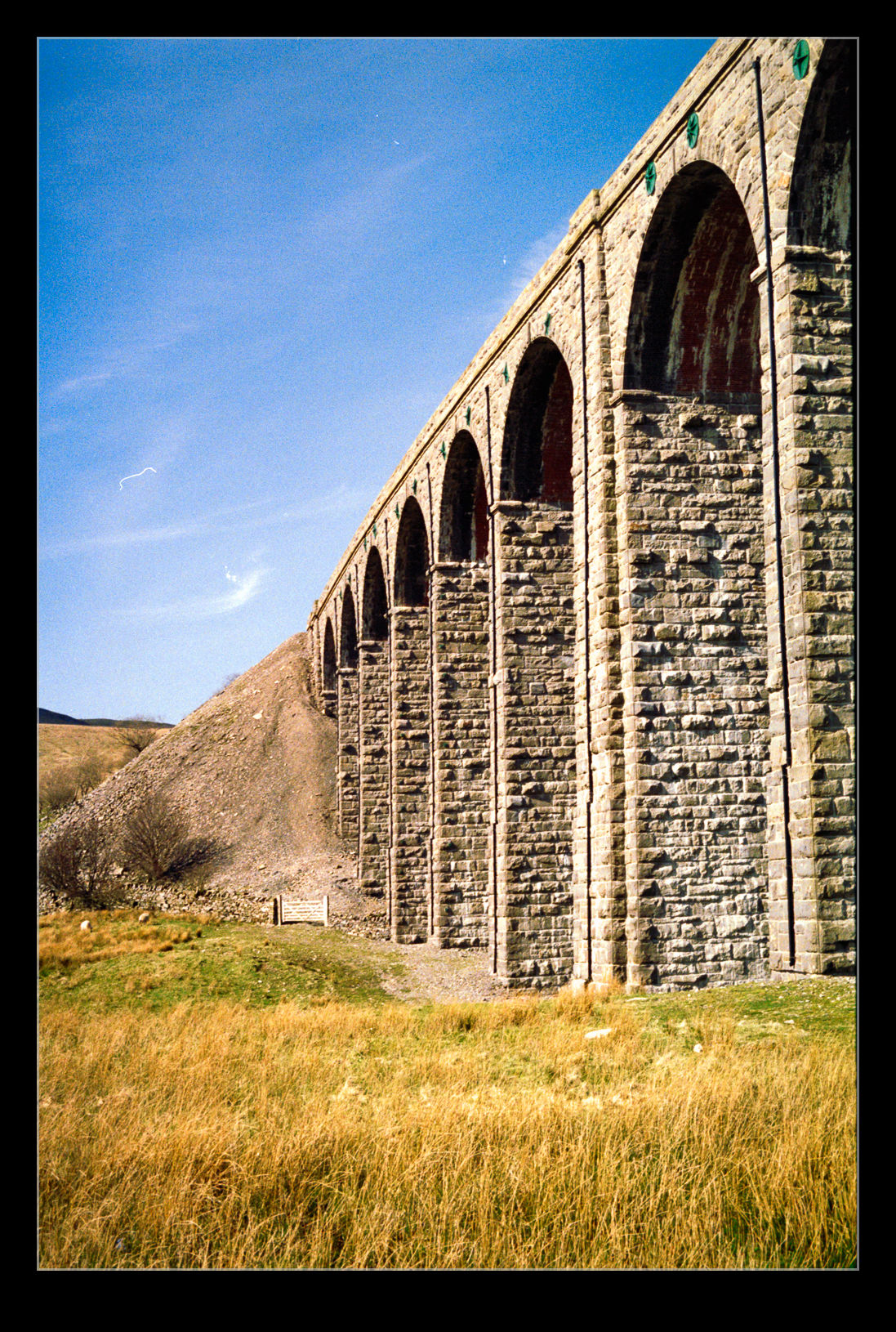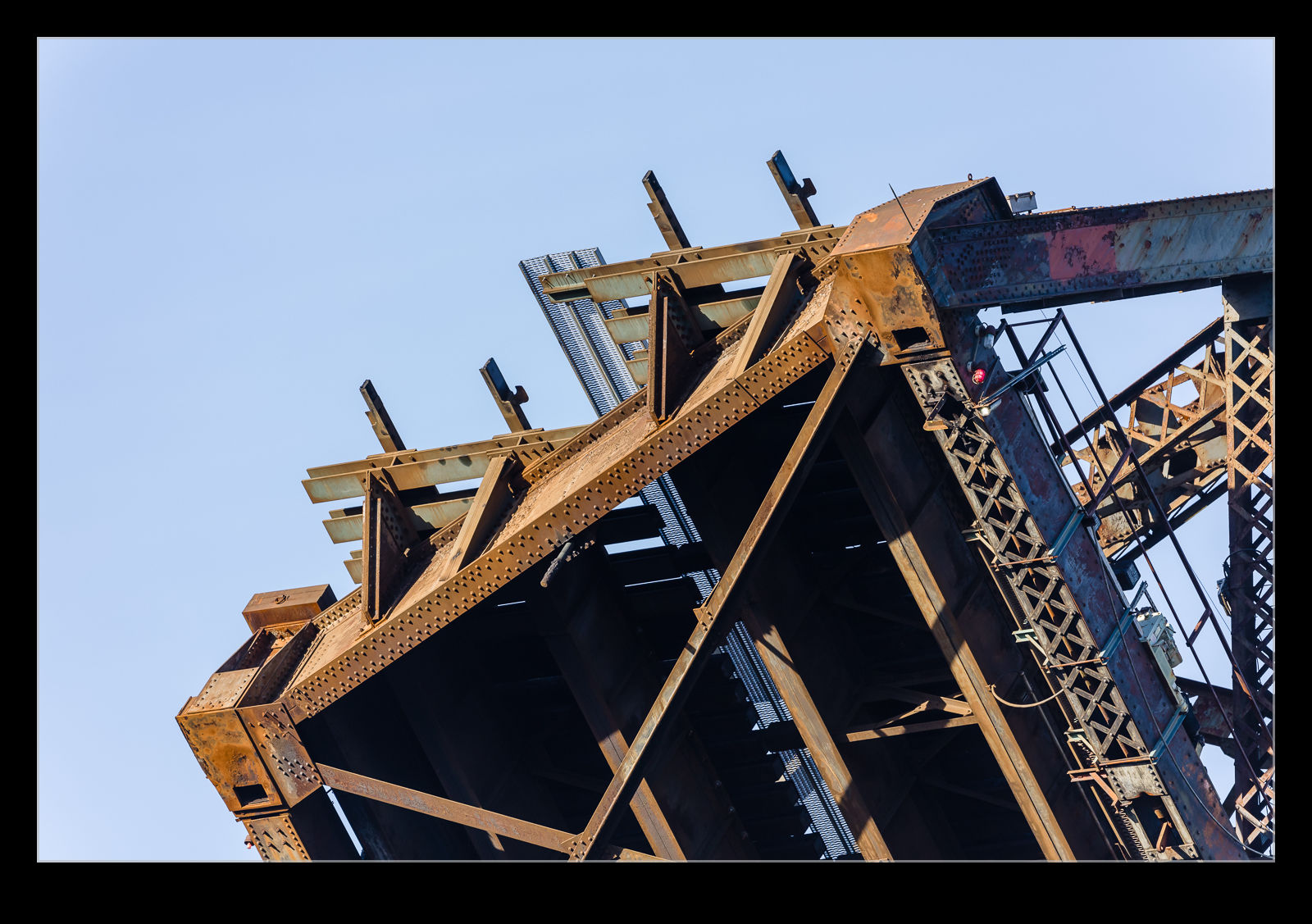 The railway that runs from Seattle up to Everett and either on to Vancouver or east across the Cascades crosses a bridge that is just outside the locks at Ballard. The bridge is a bascule bridge and, since there is quite regular boat traffic including sailing boats with high masts, it is frequently opened. The low winter light does a nice job of illuminating the underside of the deck of the bridge when it is open. I was more interested in the shapes at the end of the bridge where the rails end. They are clearly shaped to interlock with the opposite rails on the bridge approach and also to have a shape which allows the wheels to smoothly pass over without some sudden impact forces. As they stand up in the air, they strike me as rather fascinating.
The railway that runs from Seattle up to Everett and either on to Vancouver or east across the Cascades crosses a bridge that is just outside the locks at Ballard. The bridge is a bascule bridge and, since there is quite regular boat traffic including sailing boats with high masts, it is frequently opened. The low winter light does a nice job of illuminating the underside of the deck of the bridge when it is open. I was more interested in the shapes at the end of the bridge where the rails end. They are clearly shaped to interlock with the opposite rails on the bridge approach and also to have a shape which allows the wheels to smoothly pass over without some sudden impact forces. As they stand up in the air, they strike me as rather fascinating.
Tag Archives: railway
Kenyan Locomotives
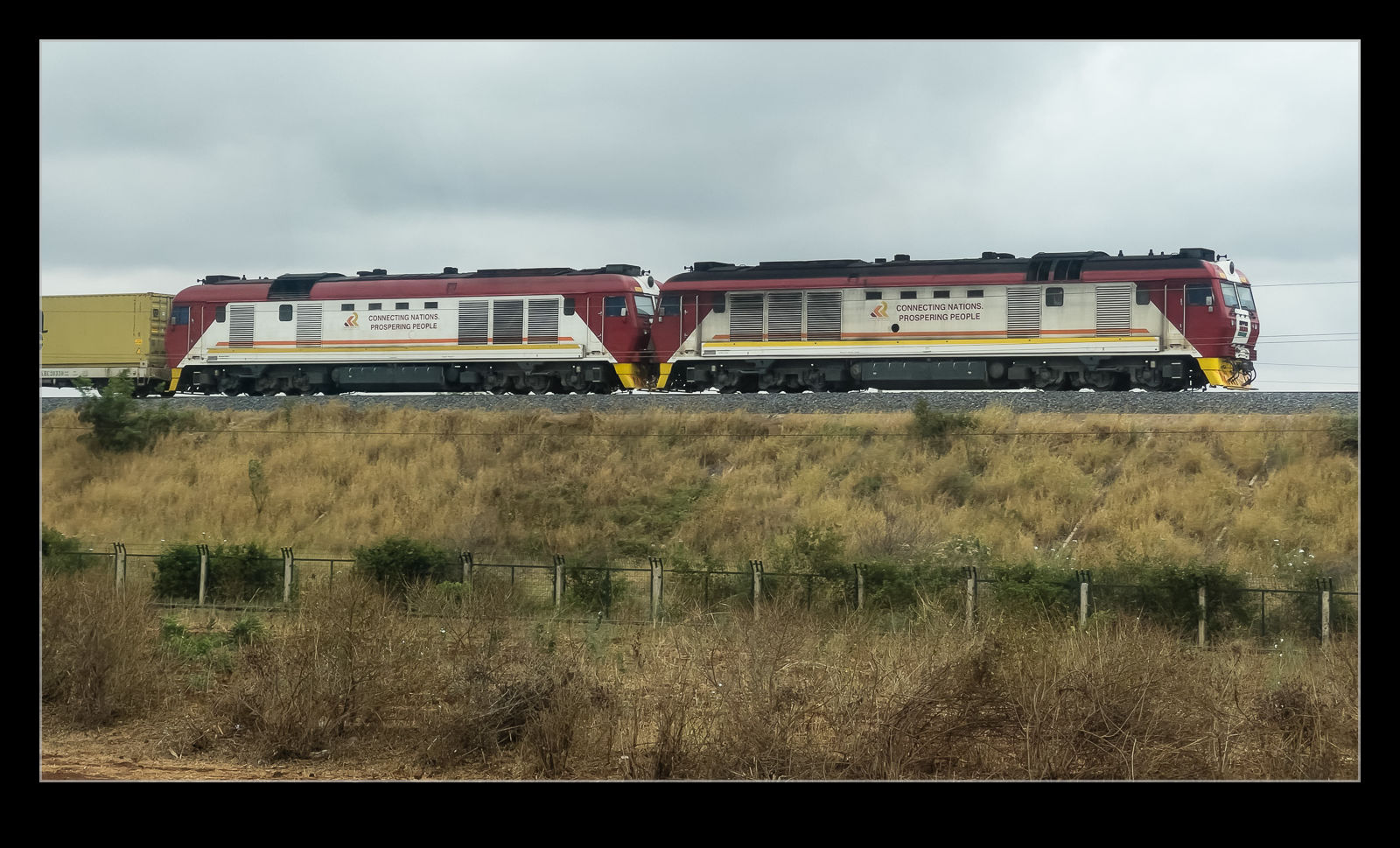 A combination of a travel image and the job stuff today. We were driving from Nairobi to Amboseli on our first full day in Kenya. The road we took initially is the main road to Mombasa which is the principal port for not only Kenya but some of its neighboring countries. Parallel with the road is a railway and, as we headed southeast, a train was coming the other way. A pair of diesel locomotives were pulling the train, and they had a message on the side about their role. I understand they were built by CRRC in China. One for the rail fans who read my blog, I think.
A combination of a travel image and the job stuff today. We were driving from Nairobi to Amboseli on our first full day in Kenya. The road we took initially is the main road to Mombasa which is the principal port for not only Kenya but some of its neighboring countries. Parallel with the road is a railway and, as we headed southeast, a train was coming the other way. A pair of diesel locomotives were pulling the train, and they had a message on the side about their role. I understand they were built by CRRC in China. One for the rail fans who read my blog, I think.
Dock Railway in Bristol
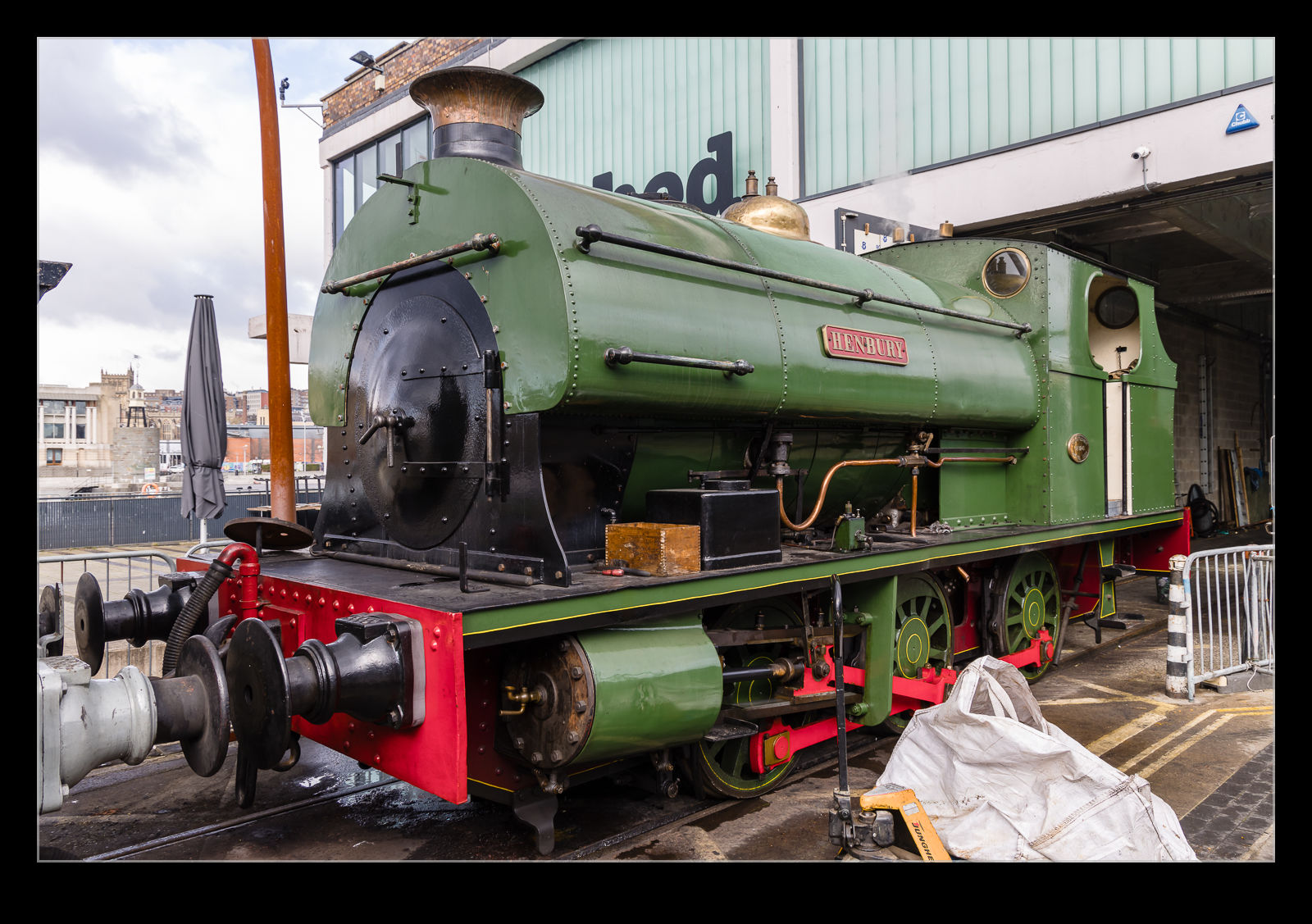 The Bristol Harbour Railway is a heritage railway in Bristol (what a shock!) that runs along the south side of the docks. I understand it operates short tourist runs at various times up towards the SS Great Britain. It wasn’t operating while we were there although one of the locomotives had been fired up for some purpose. It was nice and warm to stand next to it on what was a bit of a cool and damp day.
The Bristol Harbour Railway is a heritage railway in Bristol (what a shock!) that runs along the south side of the docks. I understand it operates short tourist runs at various times up towards the SS Great Britain. It wasn’t operating while we were there although one of the locomotives had been fired up for some purpose. It was nice and warm to stand next to it on what was a bit of a cool and damp day.
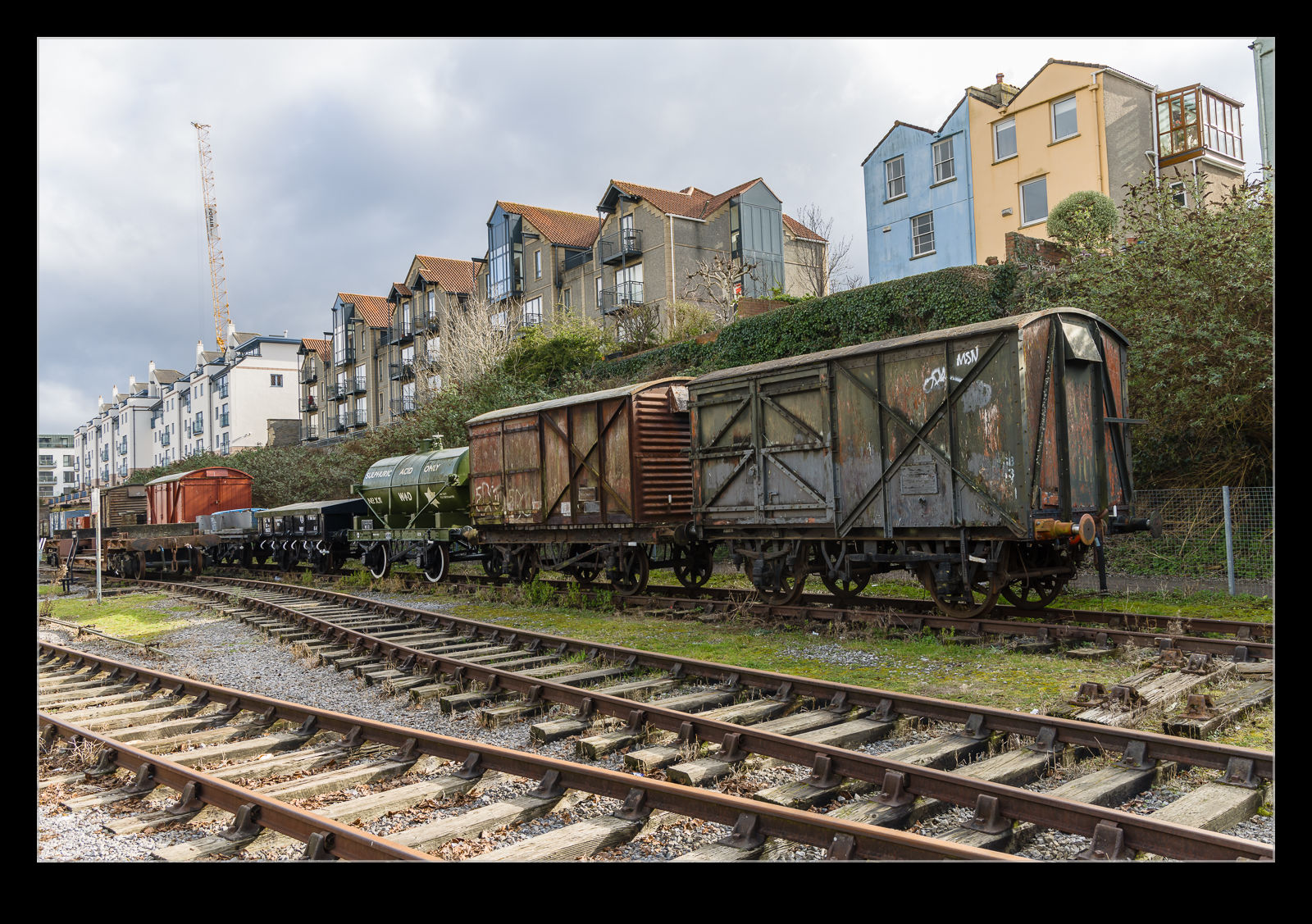 There was a selection of locomotives and wagons both near the museum building and parked along the docks. I don’t know whether they were all usable or some were exhibits. There was one locomotive that was clearly undergoing a major refurbishment. I imagine it is a popular attraction on weekends and busy summer days.
There was a selection of locomotives and wagons both near the museum building and parked along the docks. I don’t know whether they were all usable or some were exhibits. There was one locomotive that was clearly undergoing a major refurbishment. I imagine it is a popular attraction on weekends and busy summer days.
Duquesne Incline
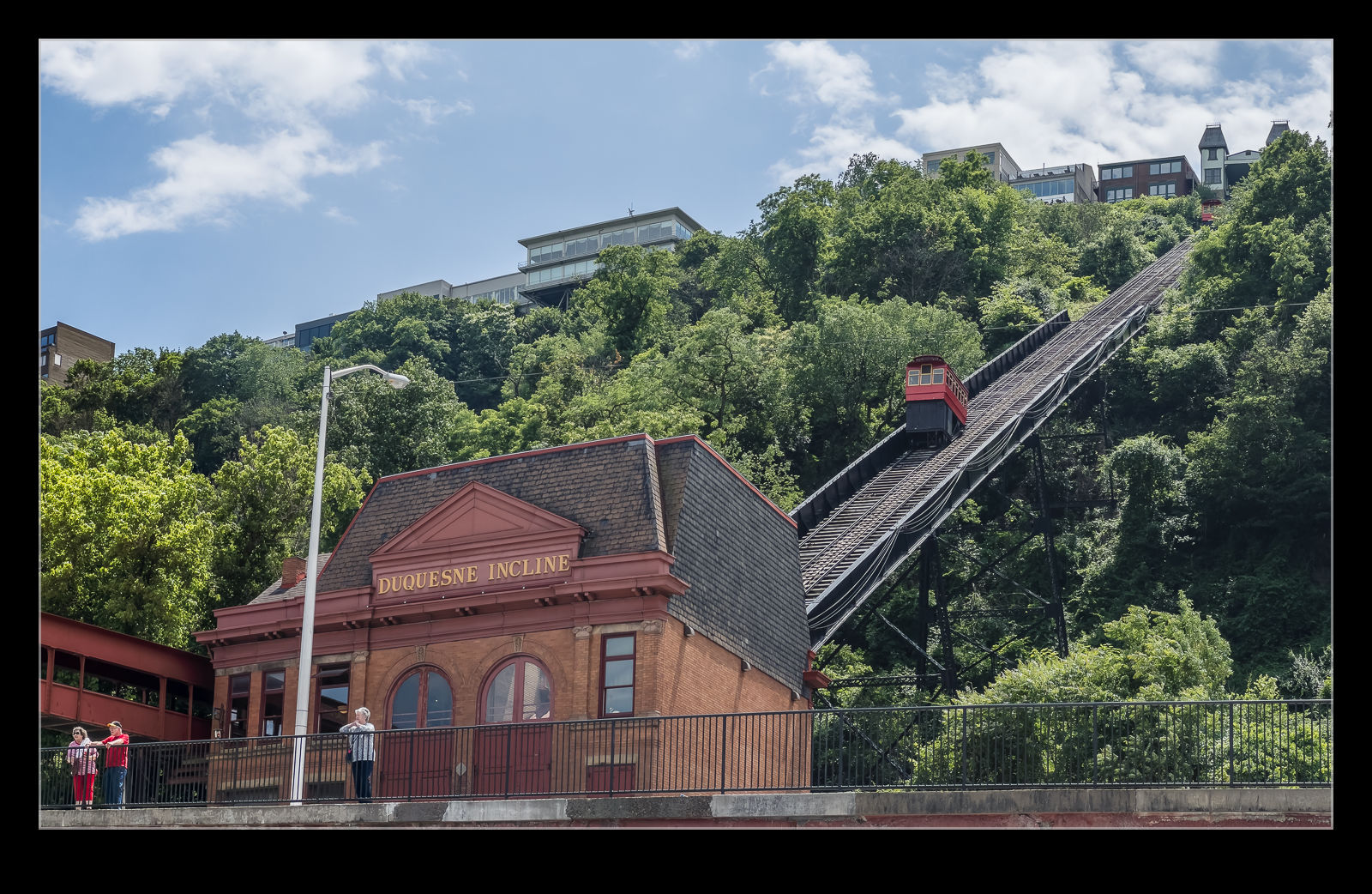 At the end of my recent visit to Pittsburgh, I wrapped up my meetings and had lunch prior to heading to the airport. I did have about 90 minutes spare and was able to slot in a visit that I had thought about before going but that had slipped my mind for much of the visit when I was tied up with work stuff. This was to check out one of the incline railways that Pittsburgh has. Originally, there were twenty of these funicular railways on the hills surrounding Pittsburgh but now just two remain.
At the end of my recent visit to Pittsburgh, I wrapped up my meetings and had lunch prior to heading to the airport. I did have about 90 minutes spare and was able to slot in a visit that I had thought about before going but that had slipped my mind for much of the visit when I was tied up with work stuff. This was to check out one of the incline railways that Pittsburgh has. Originally, there were twenty of these funicular railways on the hills surrounding Pittsburgh but now just two remain.
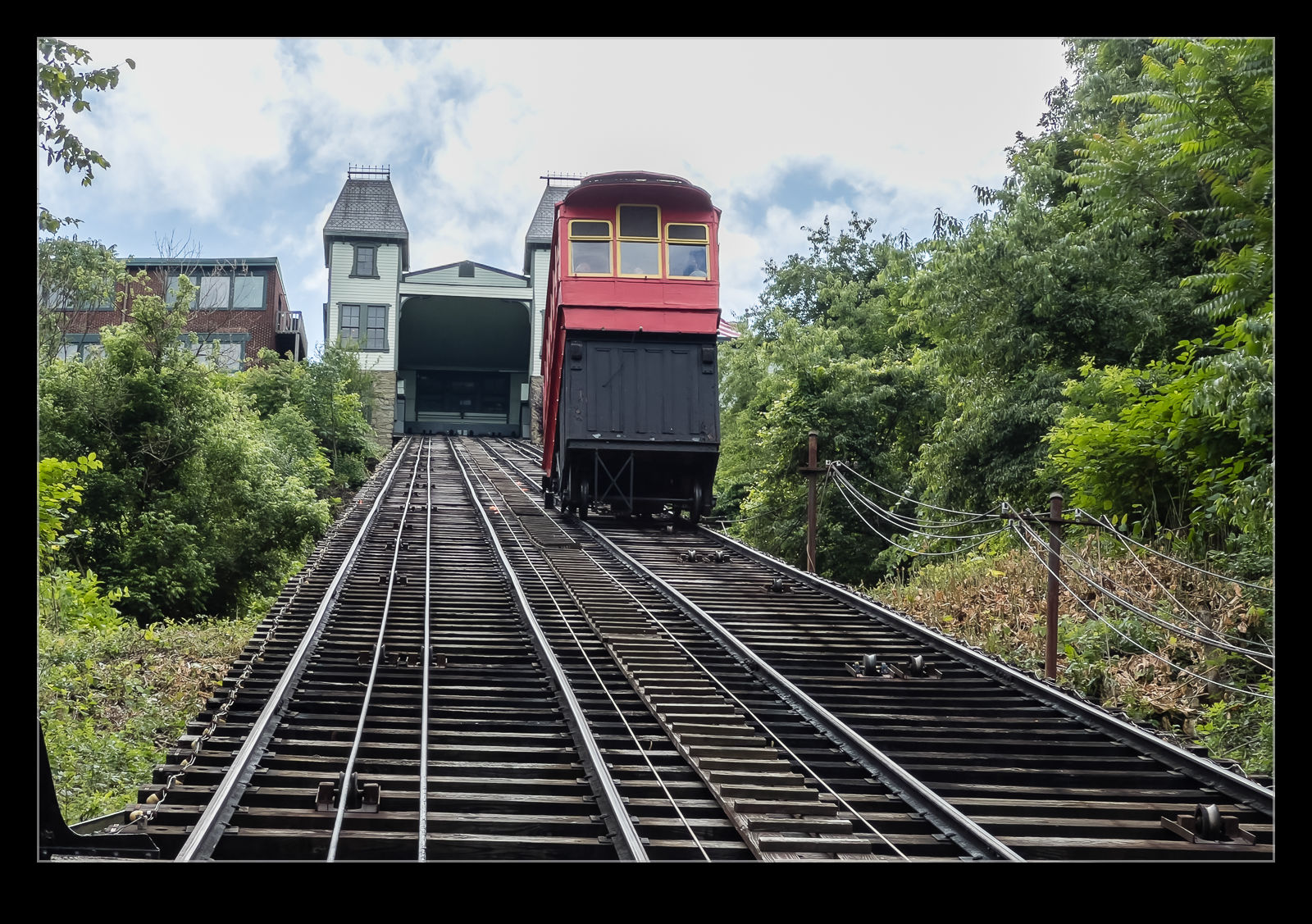 I chose to try the Duquesne Incline. My Uber driver told me that this was the better one as the view from the top covered the downtown better, but I won’t claim this was an informed choice on my part. However, I will take being lucky any time. The incline was built in the late 1800s to get workers from the industrial lands along the rivers to their homes up on the hills overlooking the city. There are two cars on individual tracks (not all funiculars are configured this way) with a cable connecting them after passing through the equipment room at the top of the hill. The weight of the cars counterbalances to a reasonable extent so the power required is only what is necessary to overcome any weight differential and the friction of the system.
I chose to try the Duquesne Incline. My Uber driver told me that this was the better one as the view from the top covered the downtown better, but I won’t claim this was an informed choice on my part. However, I will take being lucky any time. The incline was built in the late 1800s to get workers from the industrial lands along the rivers to their homes up on the hills overlooking the city. There are two cars on individual tracks (not all funiculars are configured this way) with a cable connecting them after passing through the equipment room at the top of the hill. The weight of the cars counterbalances to a reasonable extent so the power required is only what is necessary to overcome any weight differential and the friction of the system.
 At the top of the hill, you can walk down under the station to see the machinery at work. The sheaves reminded me of a visit many years ago to the Cable Car Barn in San Francisco. This is on a smaller scale, of course. Watching the cars heading up and down the grade was pretty cool and the viewing deck at the top provided a great view across the city. This is all part of the Pittsburgh transit system so you can use the Incline as a connection to your bus journey if you want. If you find yourself in Pittsburgh and have a little time, do check out either the Duquesne Incline or the Monongahela Incline. They are quite something.
At the top of the hill, you can walk down under the station to see the machinery at work. The sheaves reminded me of a visit many years ago to the Cable Car Barn in San Francisco. This is on a smaller scale, of course. Watching the cars heading up and down the grade was pretty cool and the viewing deck at the top provided a great view across the city. This is all part of the Pittsburgh transit system so you can use the Incline as a connection to your bus journey if you want. If you find yourself in Pittsburgh and have a little time, do check out either the Duquesne Incline or the Monongahela Incline. They are quite something.
Watercress Line
 The UK has a large selection of preserved railways. The cuts in the second half of the twentieth century that closed many branch lines provided opportunities for the preservation movement to get going and the result is a lot of lines that you can visit and ride on. They are usually very well run operations. The Watercress Line runs from Alresford to Alton in Hampshire. We wandered past the station in Alresford when we were visiting with some friends there but it wasn’t operating that day.
The UK has a large selection of preserved railways. The cuts in the second half of the twentieth century that closed many branch lines provided opportunities for the preservation movement to get going and the result is a lot of lines that you can visit and ride on. They are usually very well run operations. The Watercress Line runs from Alresford to Alton in Hampshire. We wandered past the station in Alresford when we were visiting with some friends there but it wasn’t operating that day.
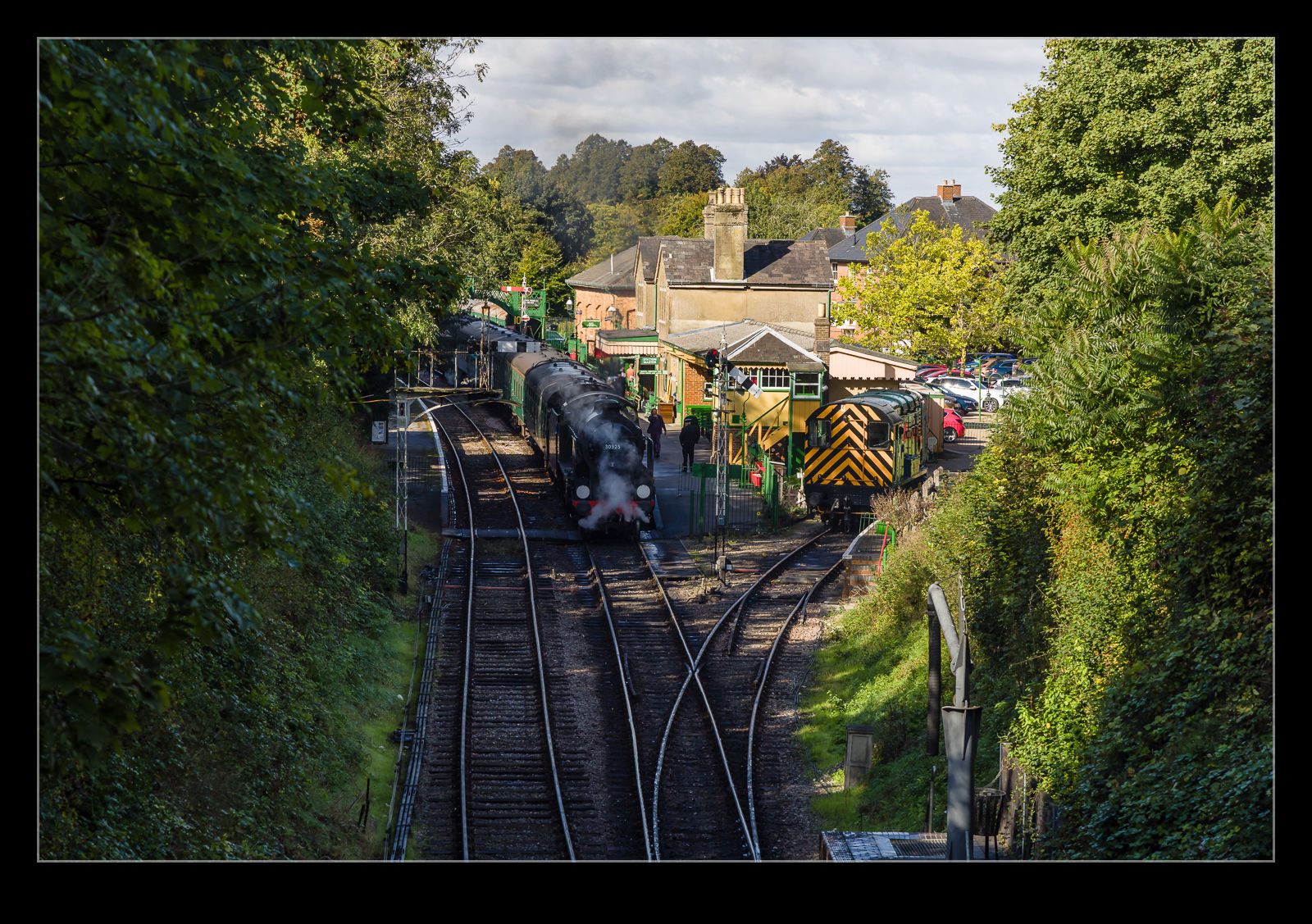 However, since we were nearby and staying for a long time, I did take the opportunity to nip back out at some point to see the trains in action. I got to see one of the services departing from the terminus at Alresford but, I was a little thwarted on that occasion because the locomotive was billowing steam forwards and almost totally obscuring the view of it from the bridge I was on.
However, since we were nearby and staying for a long time, I did take the opportunity to nip back out at some point to see the trains in action. I got to see one of the services departing from the terminus at Alresford but, I was a little thwarted on that occasion because the locomotive was billowing steam forwards and almost totally obscuring the view of it from the bridge I was on.
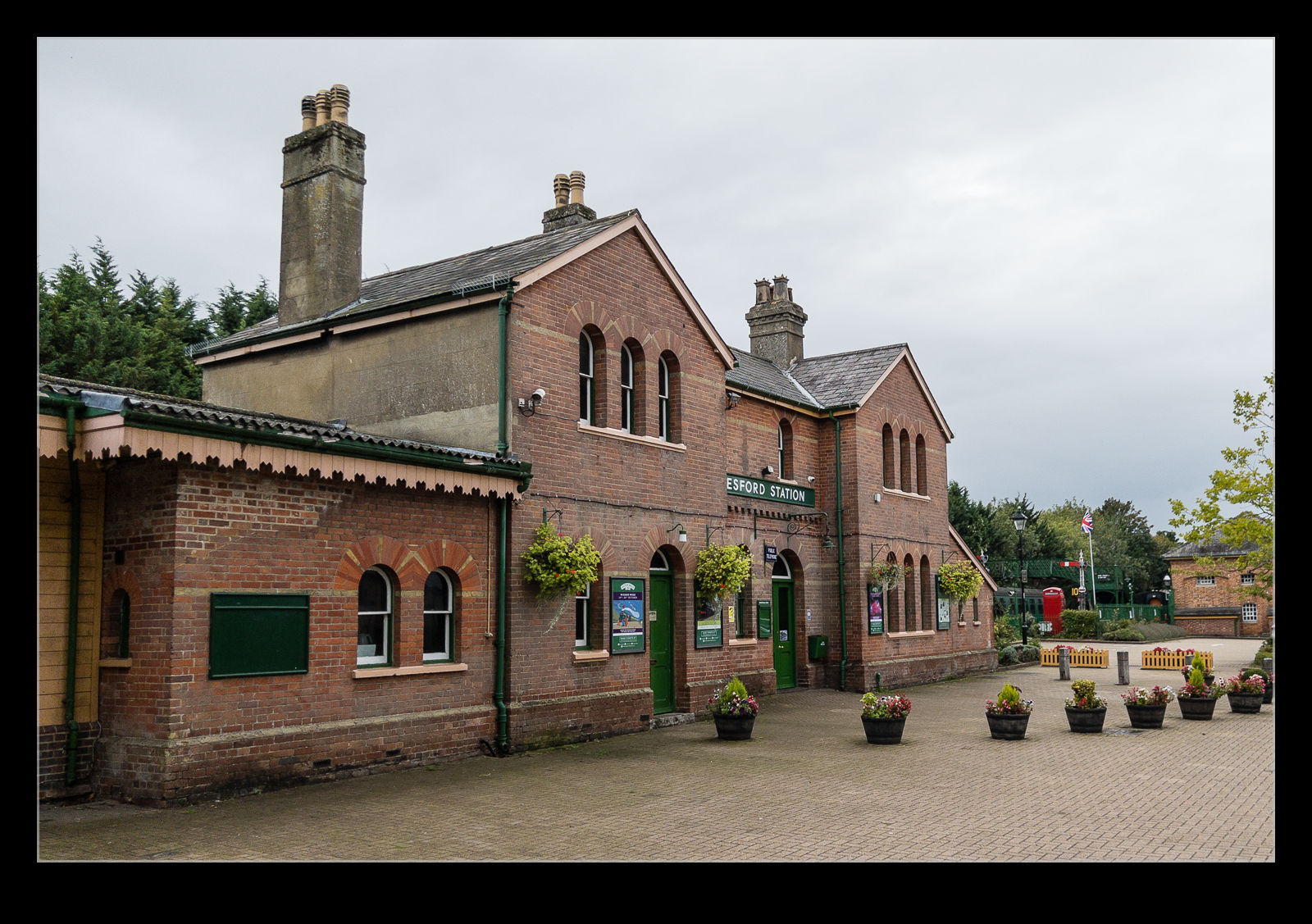 I also stopped off at an intermediate station which had a passing location which allowed trains operating in opposite directions to pass each other and continue on their way. A steam locomotive is quite an impressive thing to watch as it works and a little video does a better job of conveying the impression than stills. Neither will give you the full sensation, though. The smell and the feel if it passing beneath you is hard to replicate.
I also stopped off at an intermediate station which had a passing location which allowed trains operating in opposite directions to pass each other and continue on their way. A steam locomotive is quite an impressive thing to watch as it works and a little video does a better job of conveying the impression than stills. Neither will give you the full sensation, though. The smell and the feel if it passing beneath you is hard to replicate.
 Our schedule was pretty full and didn’t leave time for playing with train rides but it might be fun to have a ride on this line or another like it when we are next in the area. I’m sure it would be quite fun. However, watching one of these old things at work seems better from the outside than the inside. (The line does run along a ridge that parallels the main road and I would like to go back at some point to try and get some shots of this location too.)
Our schedule was pretty full and didn’t leave time for playing with train rides but it might be fun to have a ride on this line or another like it when we are next in the area. I’m sure it would be quite fun. However, watching one of these old things at work seems better from the outside than the inside. (The line does run along a ridge that parallels the main road and I would like to go back at some point to try and get some shots of this location too.)
BNSF’s Interbay Yard
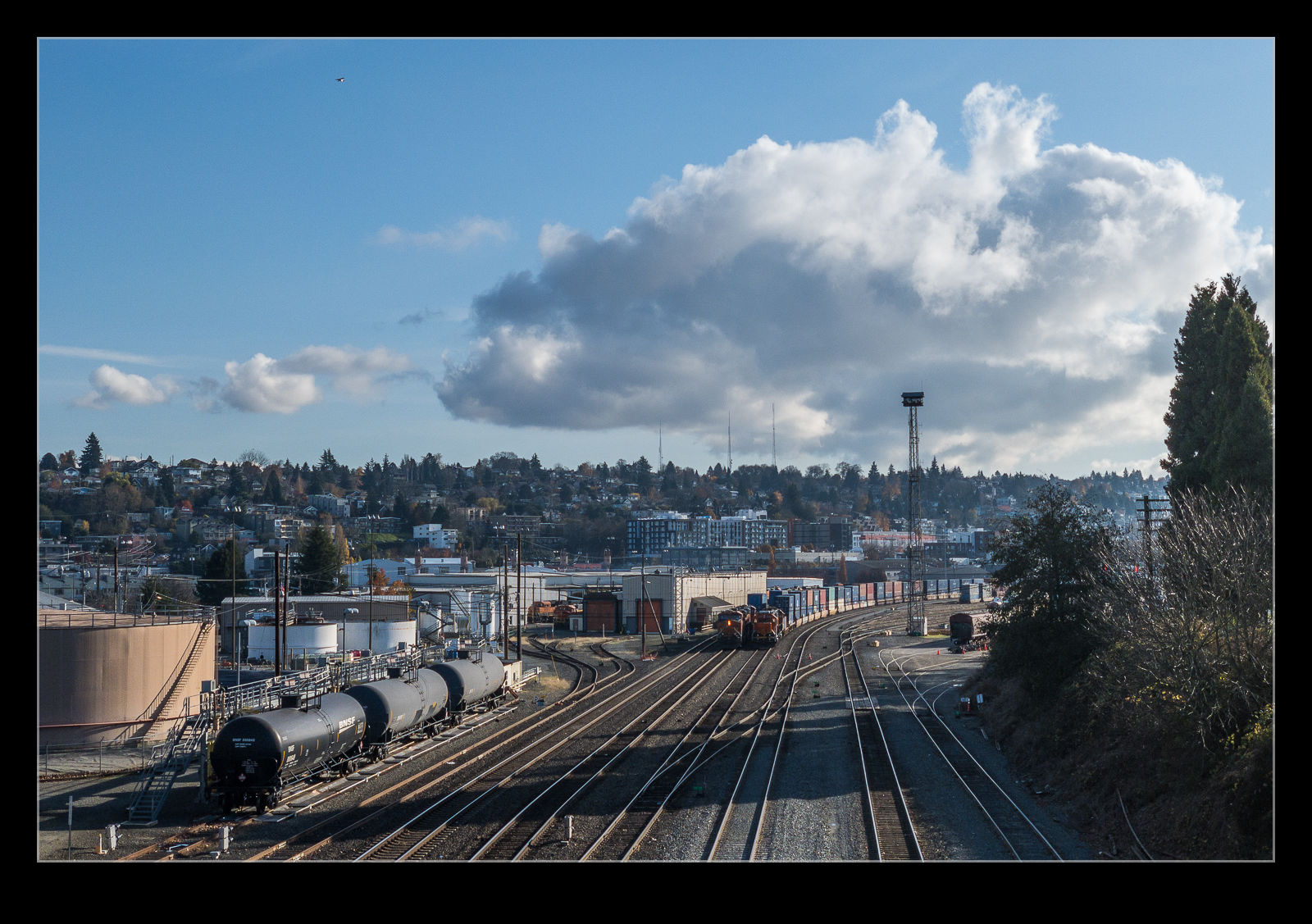 BNSF has a large maintenance yard in Seattle in the Interbay area. My bike ride took me past the yard and then up and over the tracks. On my return leg, I stopped to have a look at the facility. There is a space where a round house used to be which you can see on Google Maps. A couple of trains were on the lines and there were a bunch of locos elsewhere in the yard.
BNSF has a large maintenance yard in Seattle in the Interbay area. My bike ride took me past the yard and then up and over the tracks. On my return leg, I stopped to have a look at the facility. There is a space where a round house used to be which you can see on Google Maps. A couple of trains were on the lines and there were a bunch of locos elsewhere in the yard.
Vintage Japanese Rolling Stock
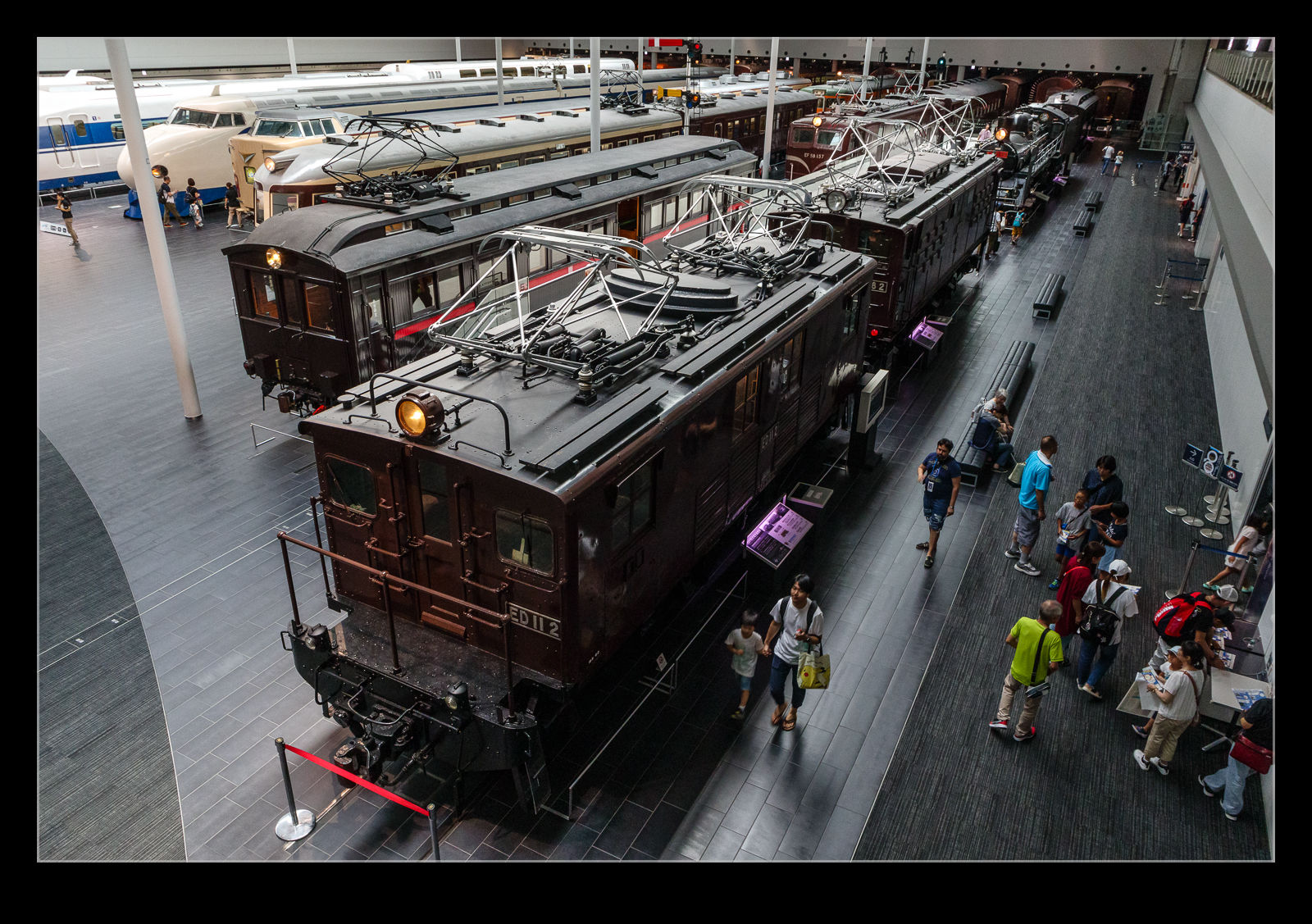 Here are some old Japanese rail vehicles. These are part of the SCMaglev museum in Nagoya that I visited when I was in Japan last summer. The museum has a great selection of Shinkansen equipment across the generations but it also has a lot of other rail vehicles from long ago. The vehicles clearly look old from the outside but the interiors are really an interesting comparison with what you see these days. The amount of wood in the paneling and the materials of the seating are definitely of their time. I was quite amused by the fans mounted on the ceiling. Obviously pre-air conditioning days with these cars and so a bit of air circulation was all you could hope for. Knowing how incredibly hot it gets in Japan during the summer, they would not have done much for the riders I would have thought. I wonder whether it was as crowded in those days as it is now. If it was even close, that would have been brutal.
Here are some old Japanese rail vehicles. These are part of the SCMaglev museum in Nagoya that I visited when I was in Japan last summer. The museum has a great selection of Shinkansen equipment across the generations but it also has a lot of other rail vehicles from long ago. The vehicles clearly look old from the outside but the interiors are really an interesting comparison with what you see these days. The amount of wood in the paneling and the materials of the seating are definitely of their time. I was quite amused by the fans mounted on the ceiling. Obviously pre-air conditioning days with these cars and so a bit of air circulation was all you could hope for. Knowing how incredibly hot it gets in Japan during the summer, they would not have done much for the riders I would have thought. I wonder whether it was as crowded in those days as it is now. If it was even close, that would have been brutal.
An Update to the Japanese Rail Photos
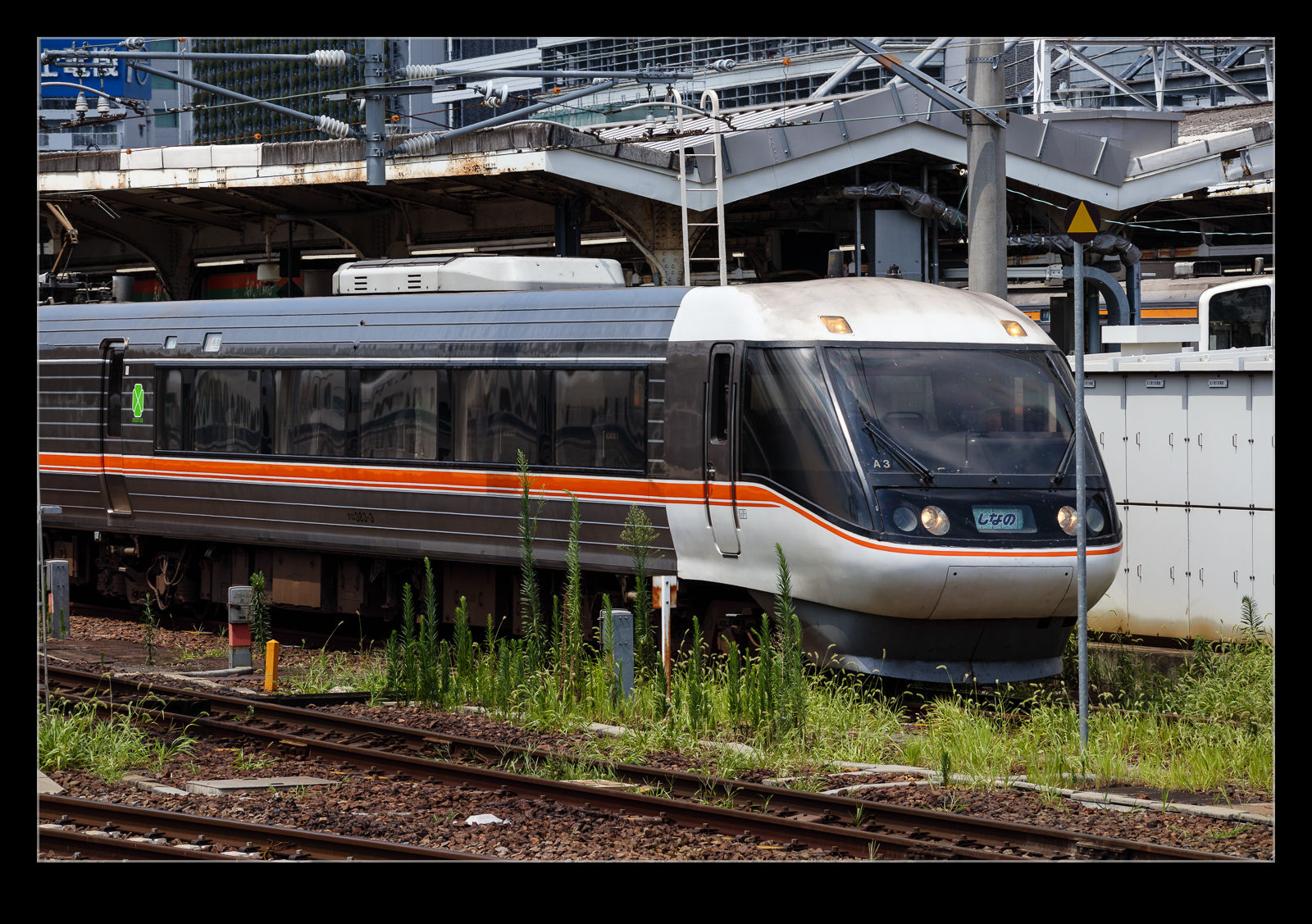 I have put some previous posts together of Japanese trains from my travels. This is an update to that (although a very late update given that these were taken nearly a year ago!). I got to see some different trains while I was in Nagoya for the day and then there is the variety of trains that you get around the Tokyo area. There was also a small line that ran through the Kamakura area which we crossed paths with as we were walking to the beach from the giant Buddha statue that I wrote about in this post. A few more photos to amuse those of you that like different trains.
I have put some previous posts together of Japanese trains from my travels. This is an update to that (although a very late update given that these were taken nearly a year ago!). I got to see some different trains while I was in Nagoya for the day and then there is the variety of trains that you get around the Tokyo area. There was also a small line that ran through the Kamakura area which we crossed paths with as we were walking to the beach from the giant Buddha statue that I wrote about in this post. A few more photos to amuse those of you that like different trains.
Looking Back at the HSTs
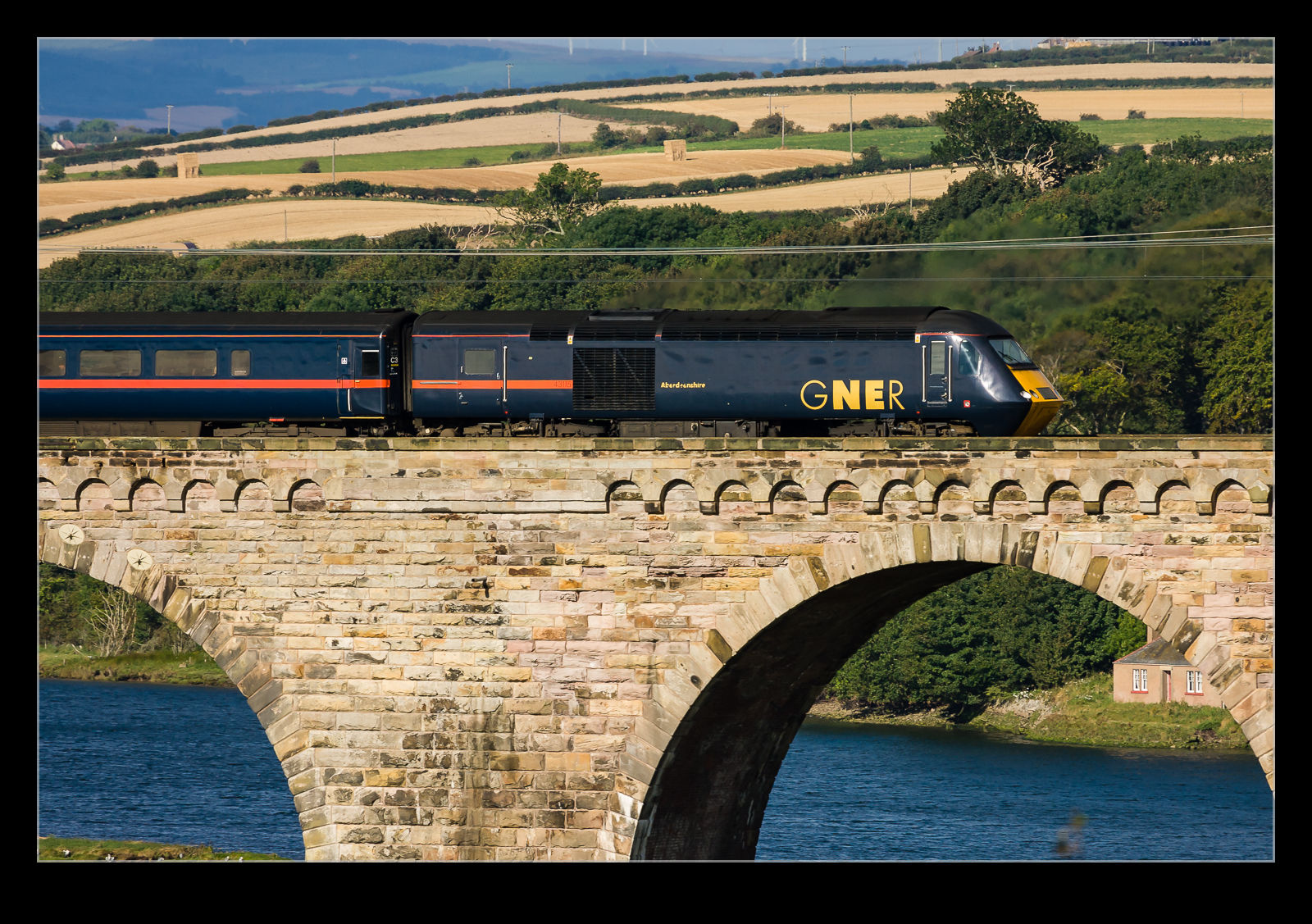 As a small boy, the new thing in British trains was the Intercity 125. Known in the industry as the HST, this was a step forward in fast train travel for the UK. When I started working in the rail industry many years later, the HSTs were a big part of our fleet. They had been in service a long time by then but were still the backbone of certain corridors and were getting further investment. Move on another 20 years and now the fleet is finally disappearing.
As a small boy, the new thing in British trains was the Intercity 125. Known in the industry as the HST, this was a step forward in fast train travel for the UK. When I started working in the rail industry many years later, the HSTs were a big part of our fleet. They had been in service a long time by then but were still the backbone of certain corridors and were getting further investment. Move on another 20 years and now the fleet is finally disappearing.
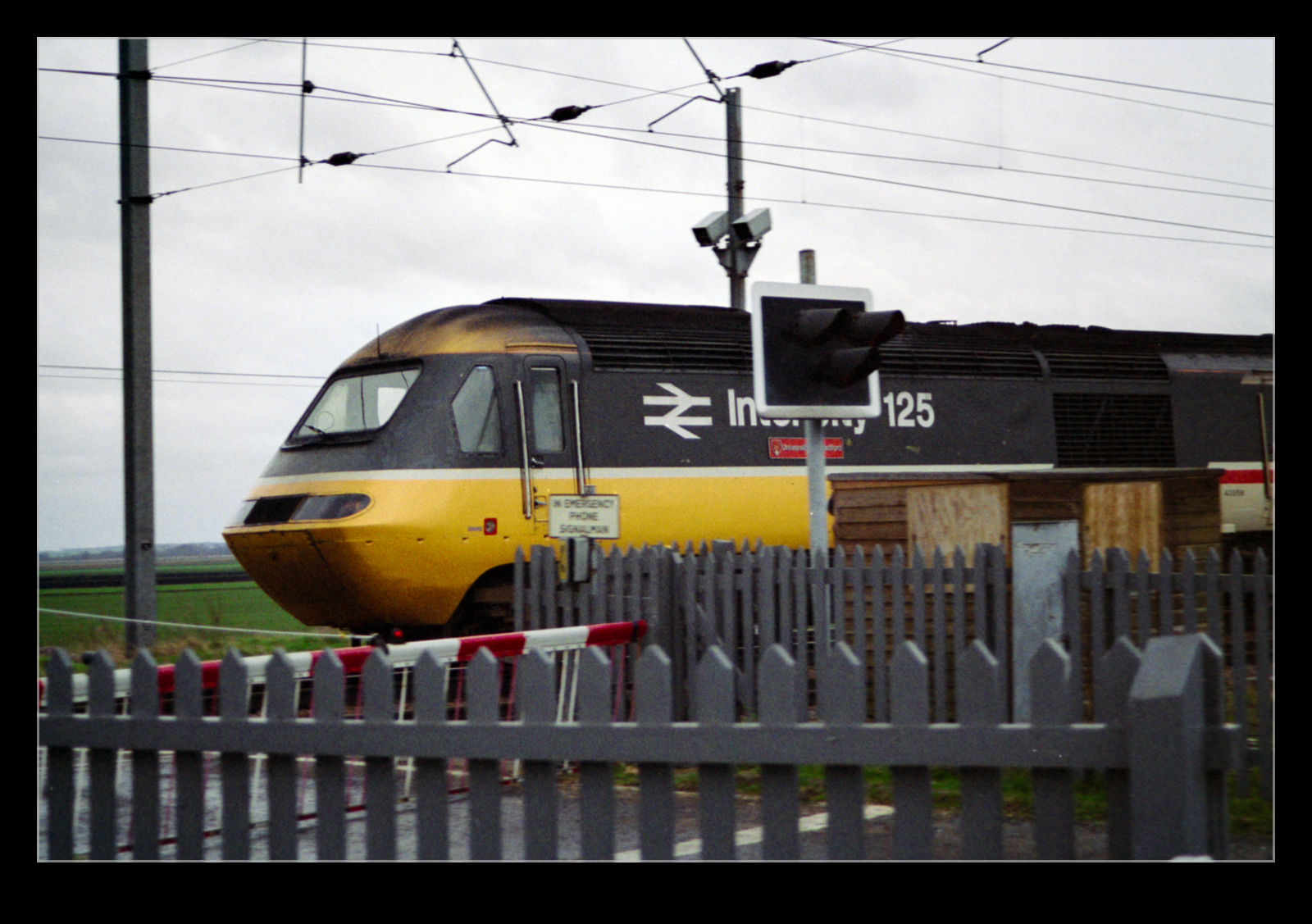 Some are still being reconfigured for a future on new routes, but the majority of the fleet is being replaced by a new generation of trains and it is a surprise just how long it has taken to find their successors. The HSTs have been a solid fleet with strong performance, a level of redundancy and a ride quality that was impressive. I figured I would through in a couple of shots I have of them. I have very few, sadly. One is an old one in British Rail colors from the 80s and the others are from the days of GNER. What a shame I don’t have more. Given the amount of time I spent traveling on them or inspecting them at depots and overhaul facilities, I should have tons. Oh to have had had phones in our cameras then!
Some are still being reconfigured for a future on new routes, but the majority of the fleet is being replaced by a new generation of trains and it is a surprise just how long it has taken to find their successors. The HSTs have been a solid fleet with strong performance, a level of redundancy and a ride quality that was impressive. I figured I would through in a couple of shots I have of them. I have very few, sadly. One is an old one in British Rail colors from the 80s and the others are from the days of GNER. What a shame I don’t have more. Given the amount of time I spent traveling on them or inspecting them at depots and overhaul facilities, I should have tons. Oh to have had had phones in our cameras then!
Ribblehead Viaduct
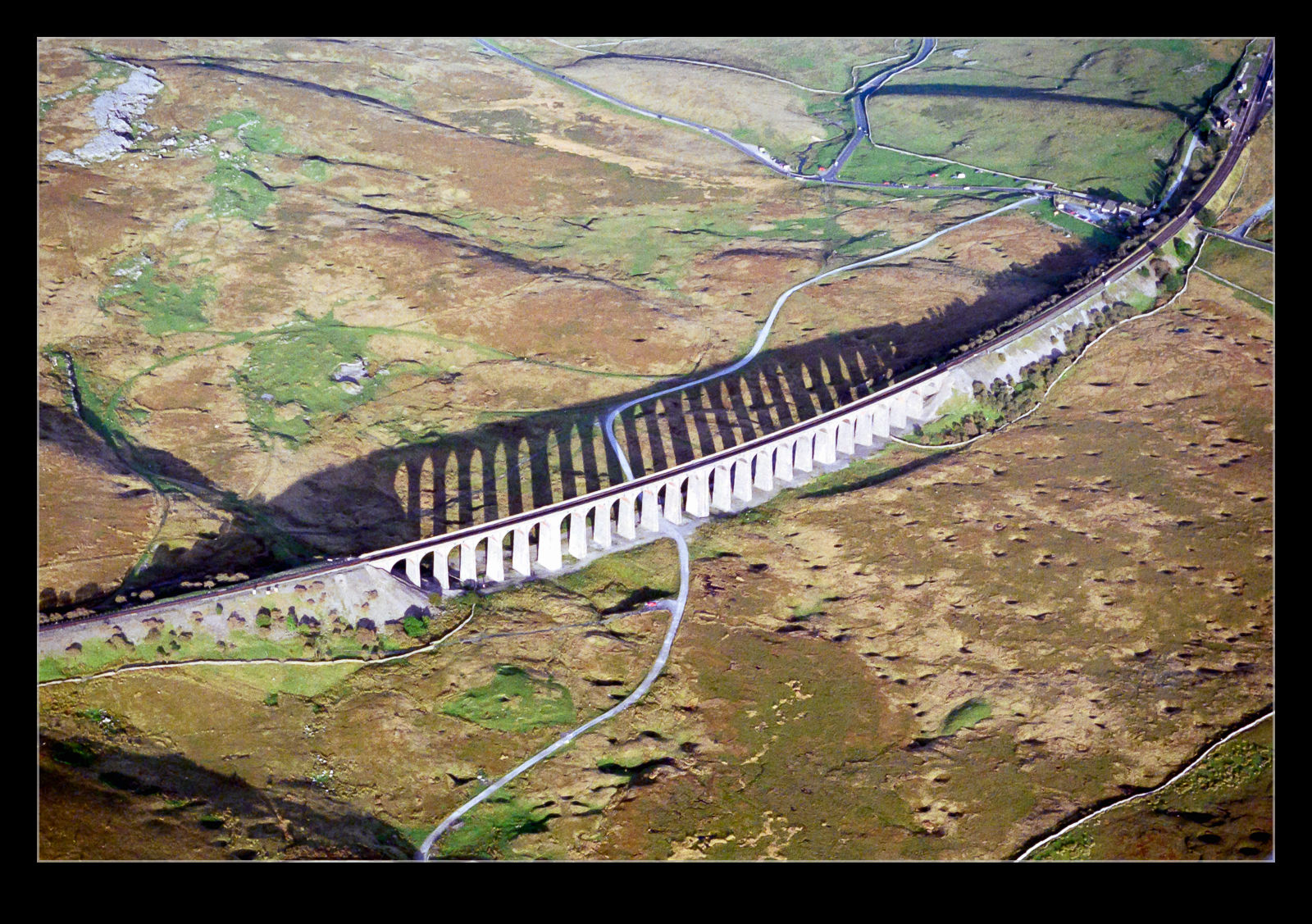 The Victorians built railways across the UK in a serious way. Geography was not a barrier and tunnels would get you through hills and viaducts would address valleys. They also liked them to look pretty cool. There are numerous viaducts across the UK – some of which are well known and others of which are rather anonymous. One of the more famous viaducts is the Ribblehead. It is part of the Settle to Carlisle line which was once lined up for closure but now seems to be secure.
The Victorians built railways across the UK in a serious way. Geography was not a barrier and tunnels would get you through hills and viaducts would address valleys. They also liked them to look pretty cool. There are numerous viaducts across the UK – some of which are well known and others of which are rather anonymous. One of the more famous viaducts is the Ribblehead. It is part of the Settle to Carlisle line which was once lined up for closure but now seems to be secure.
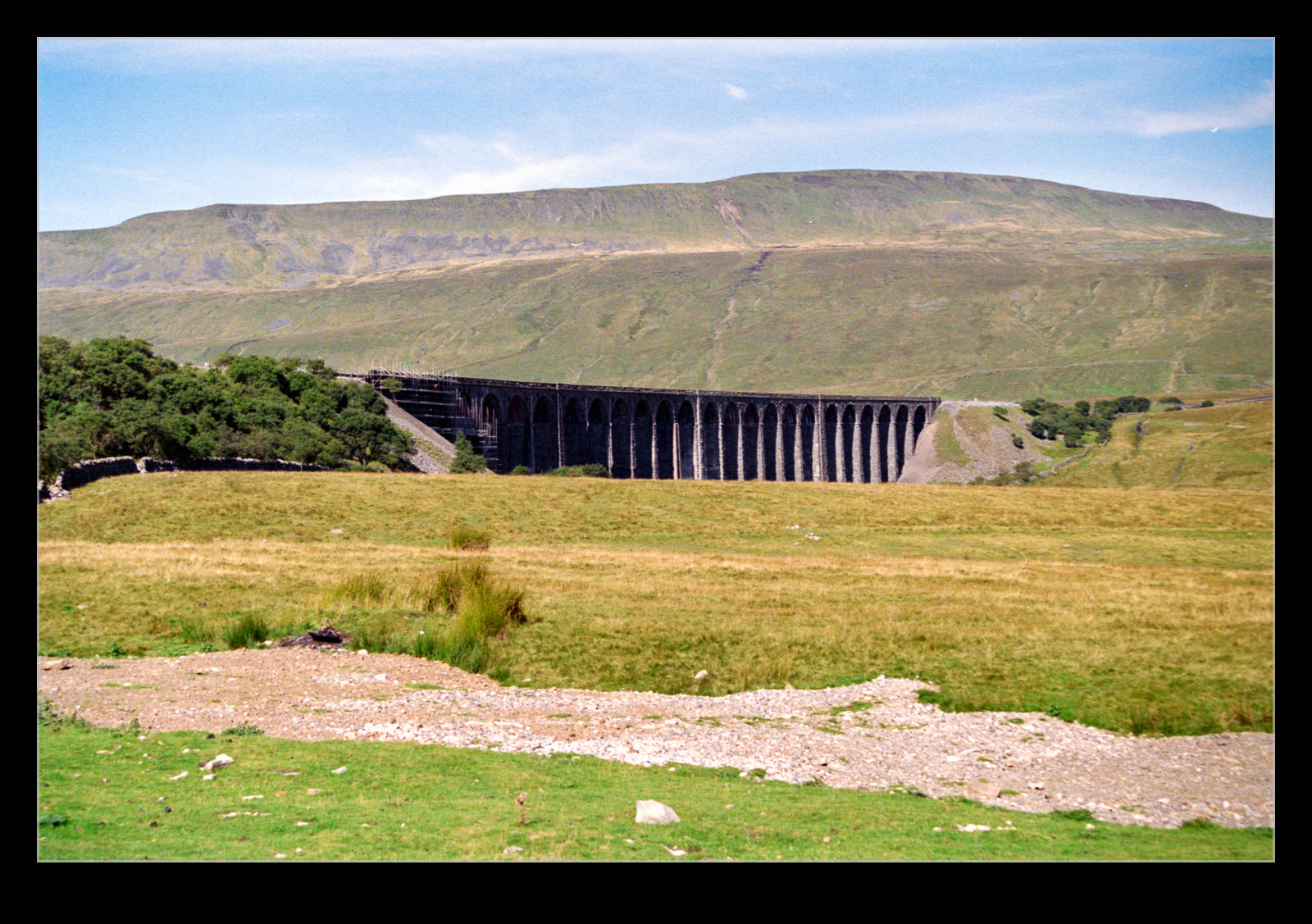 The main shot here was taken from my friend, Mark’s, Ercoupe as we had a flight from Blackpool and up over Yorkshire and Cumbria. We were flying after work so the evening light was setting in and the shadows of the viaduct were very nice. Since this was the days of film, there aren’t lots of shots to choose from. However, this one worked out well enough. Nancy and I visited the area from the ground when we lived up that way and here are a couple of additional shots of the viaduct from the ground.
The main shot here was taken from my friend, Mark’s, Ercoupe as we had a flight from Blackpool and up over Yorkshire and Cumbria. We were flying after work so the evening light was setting in and the shadows of the viaduct were very nice. Since this was the days of film, there aren’t lots of shots to choose from. However, this one worked out well enough. Nancy and I visited the area from the ground when we lived up that way and here are a couple of additional shots of the viaduct from the ground.
